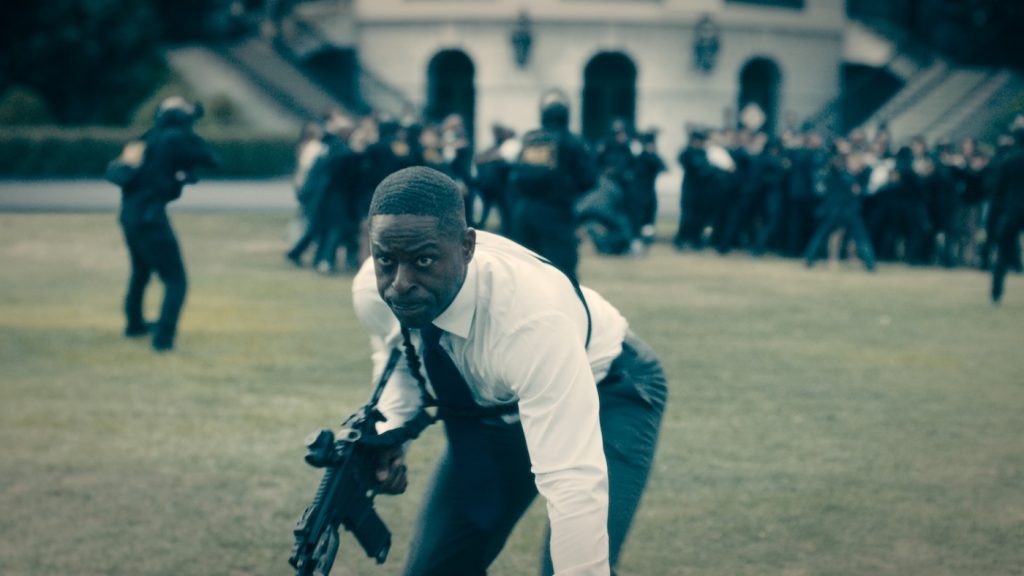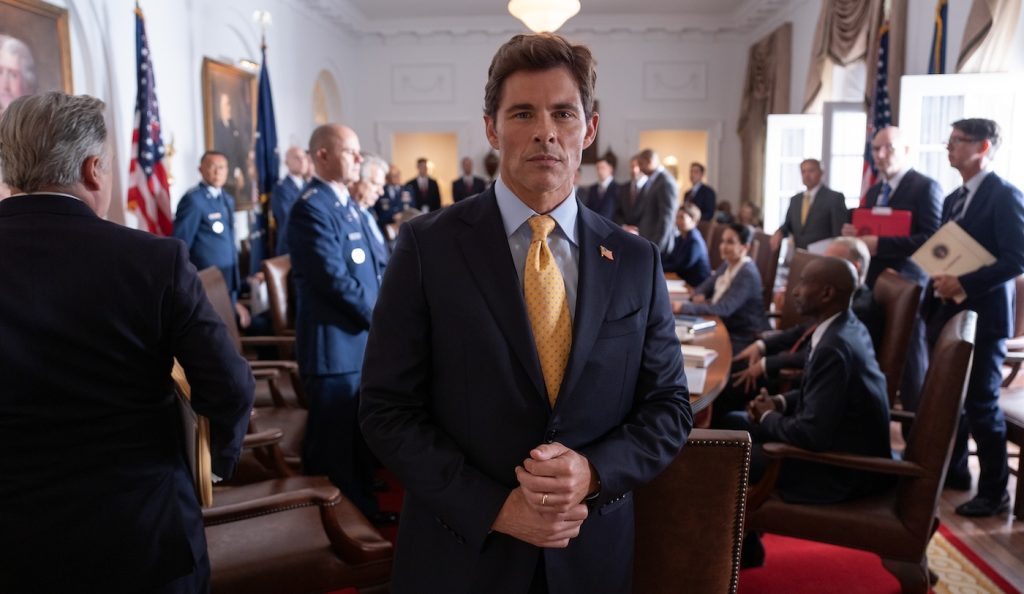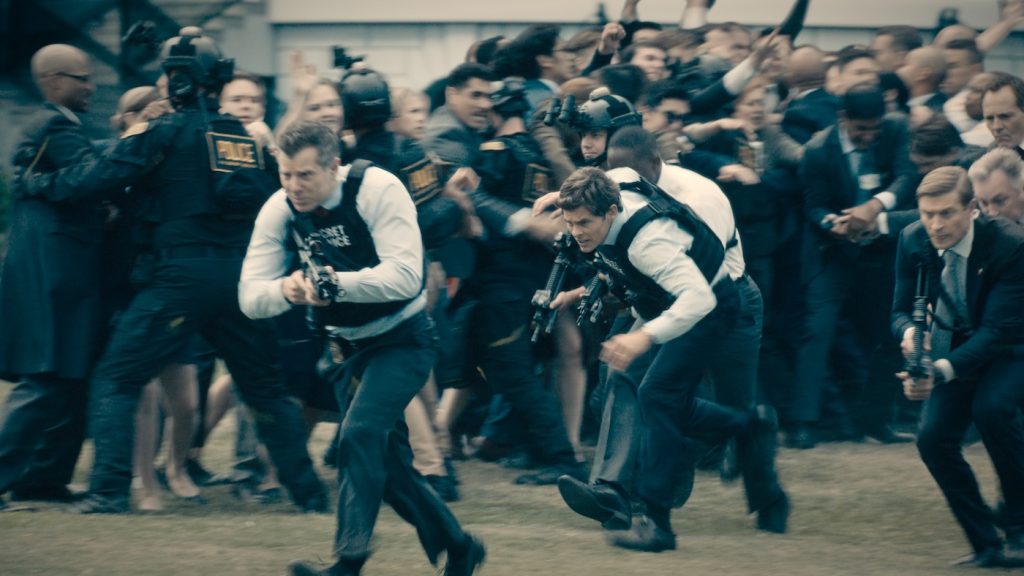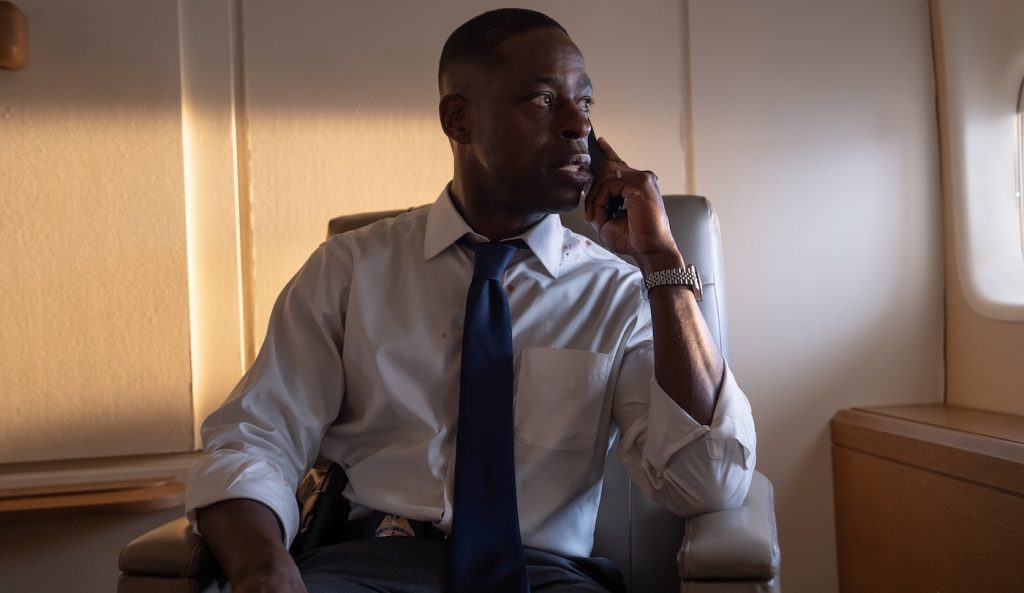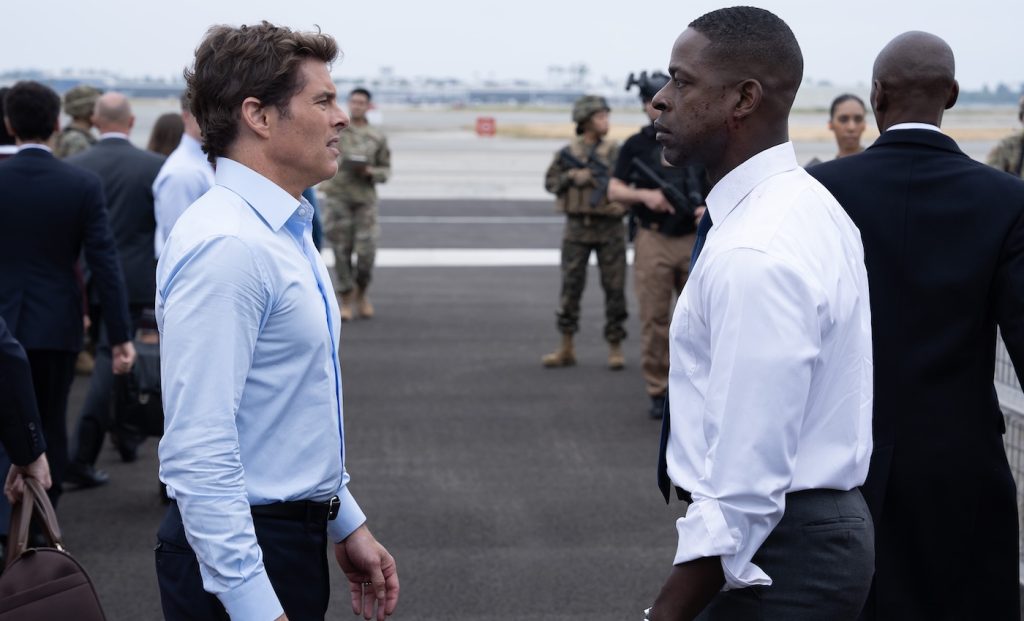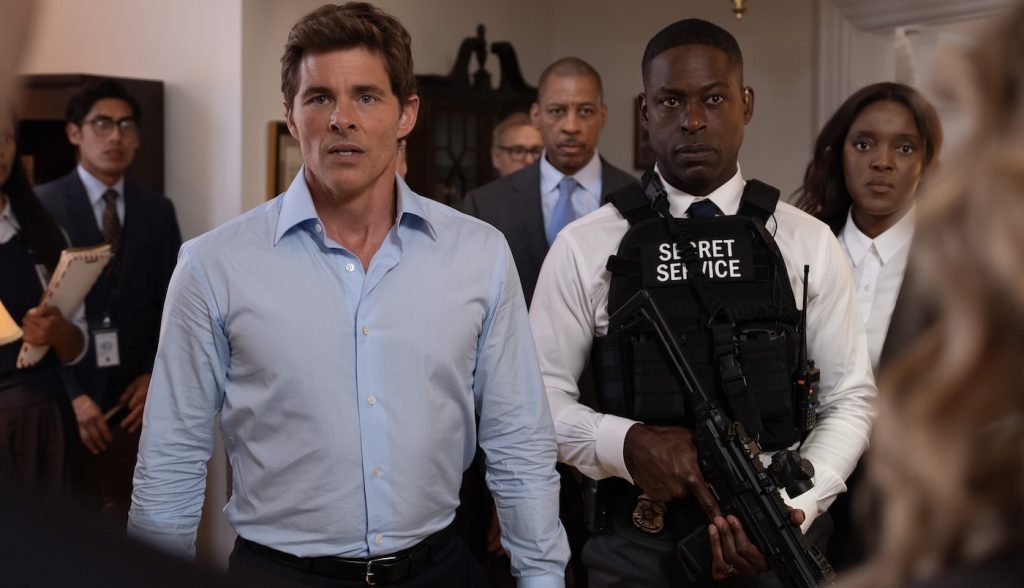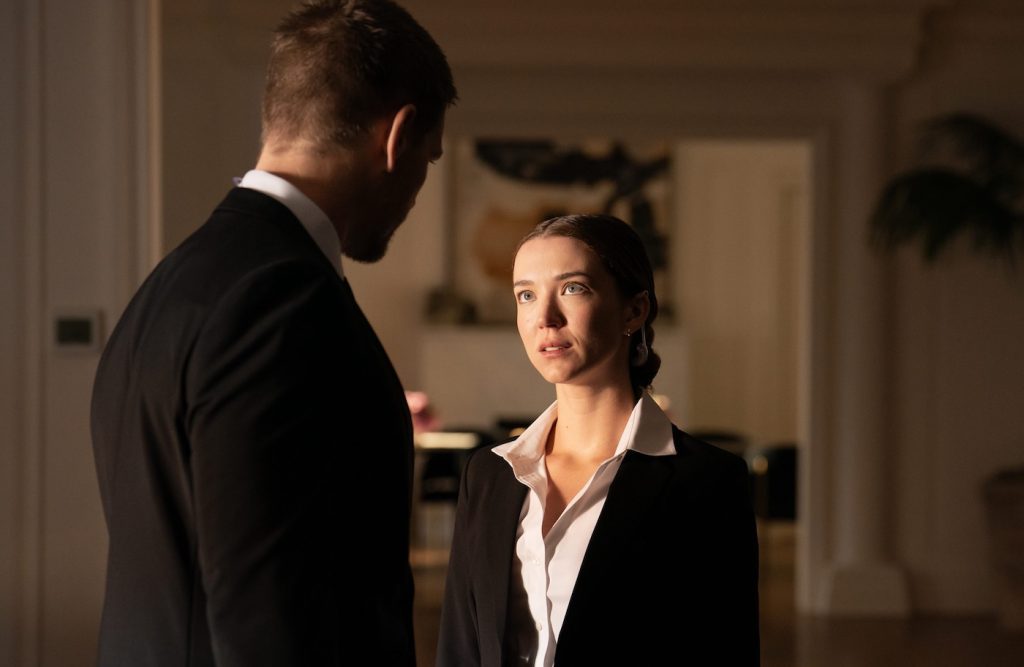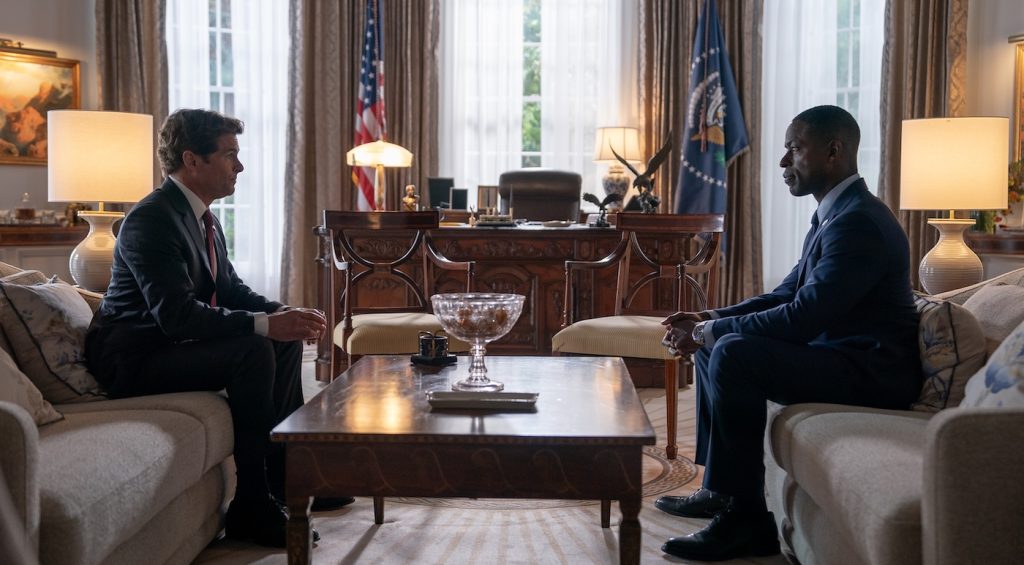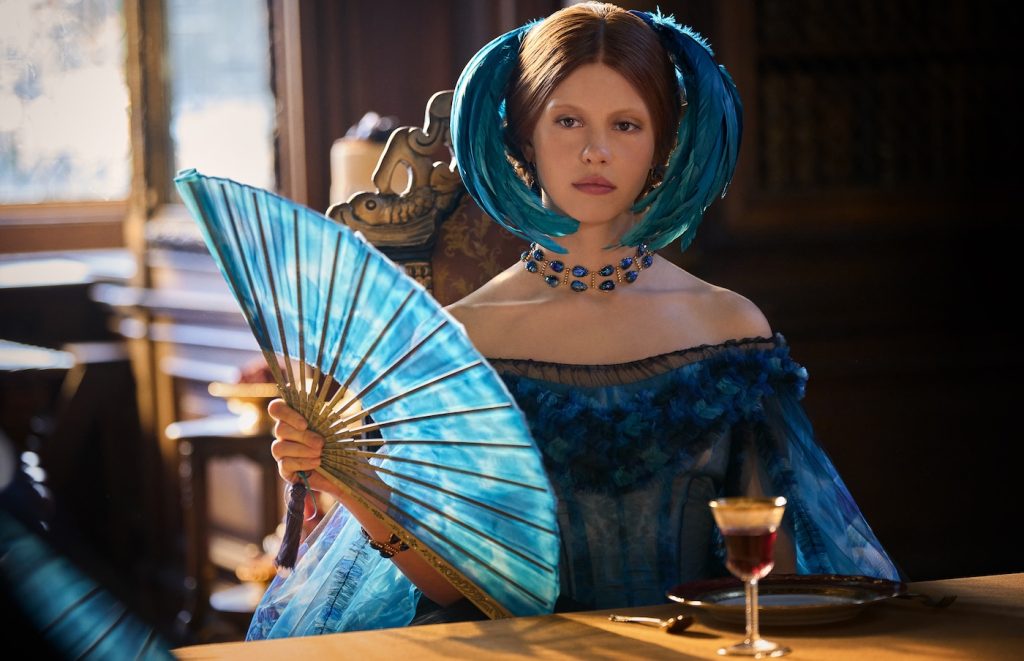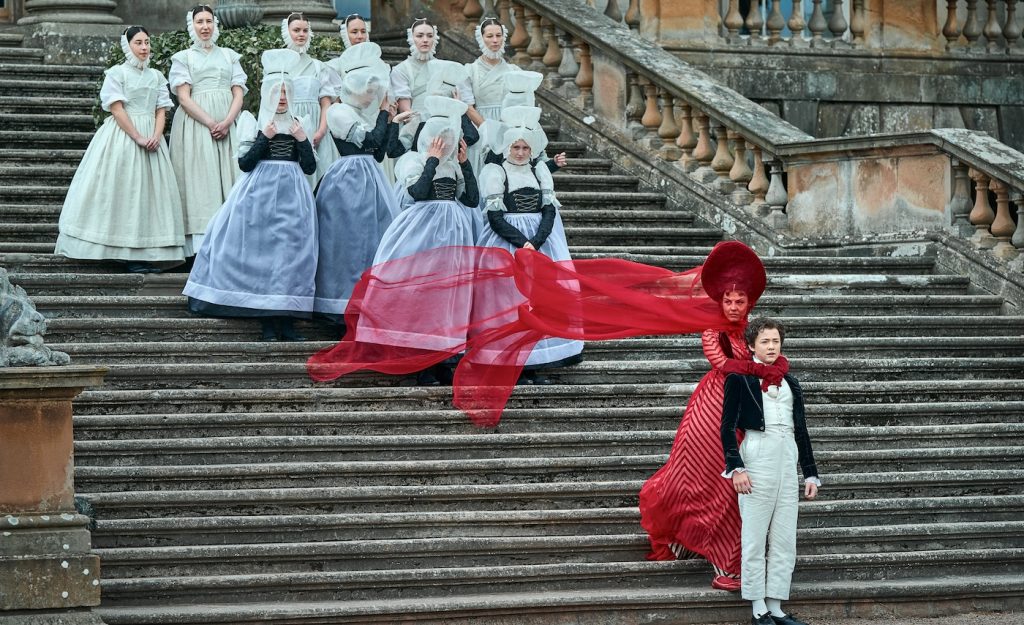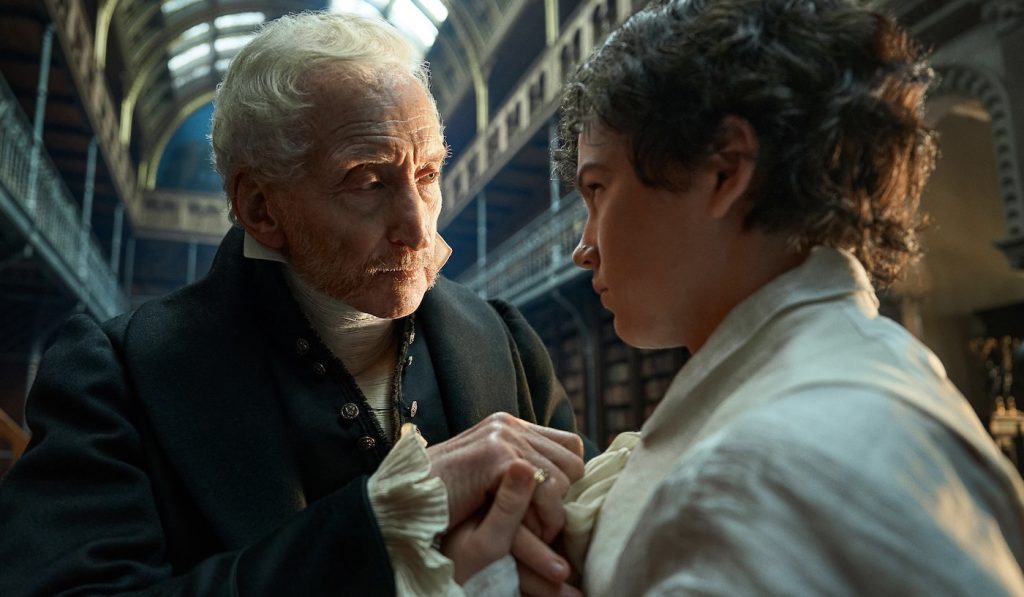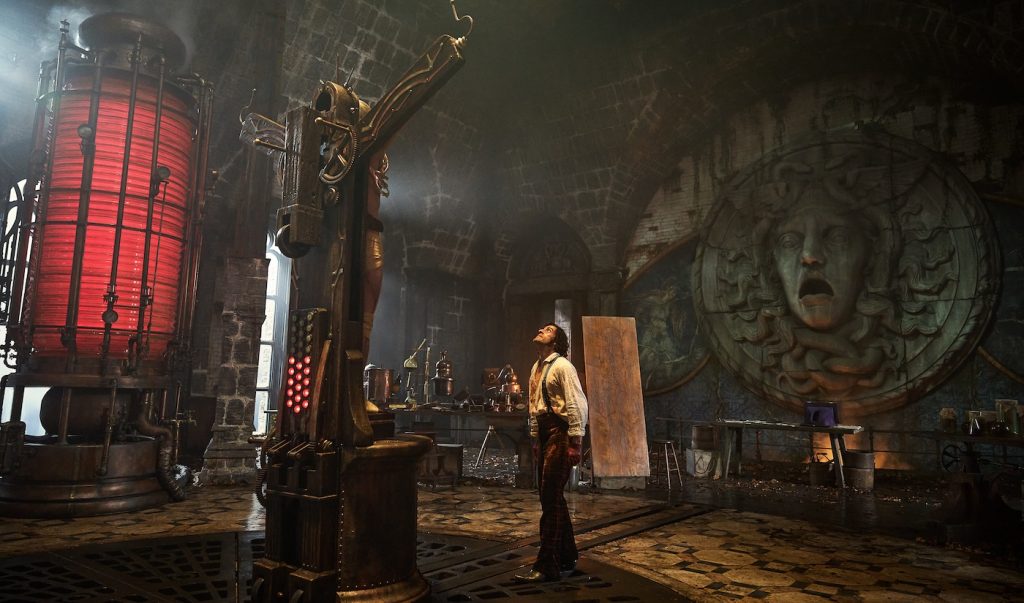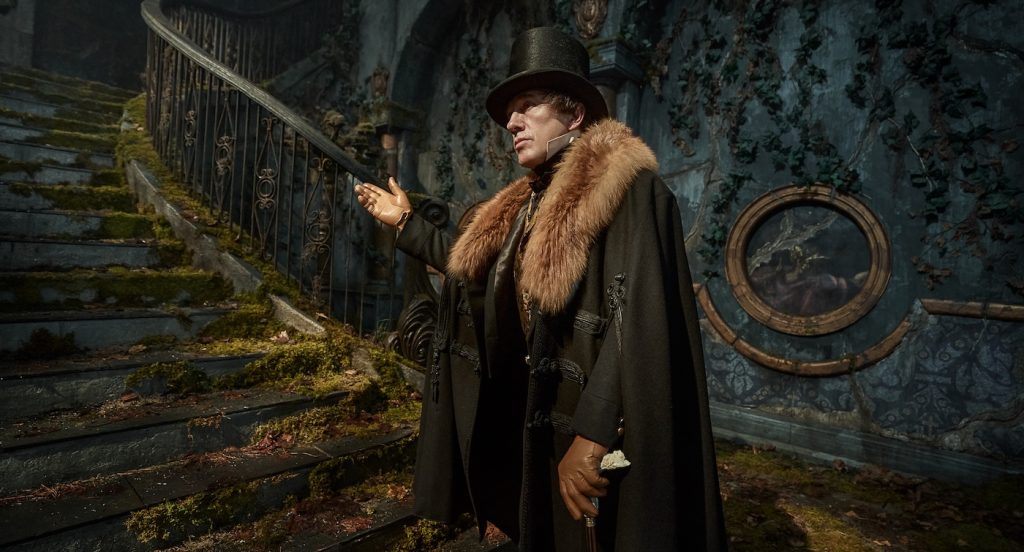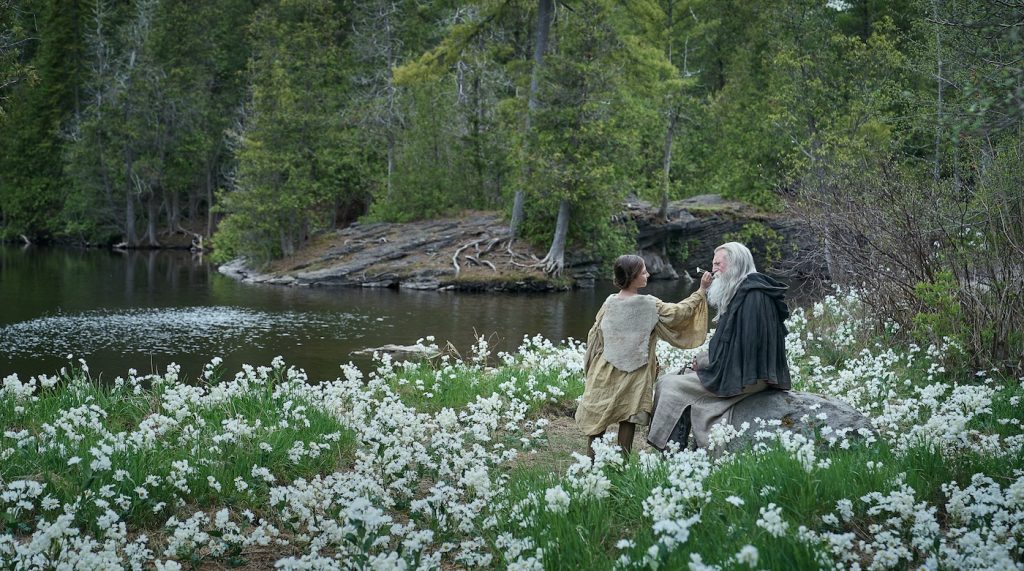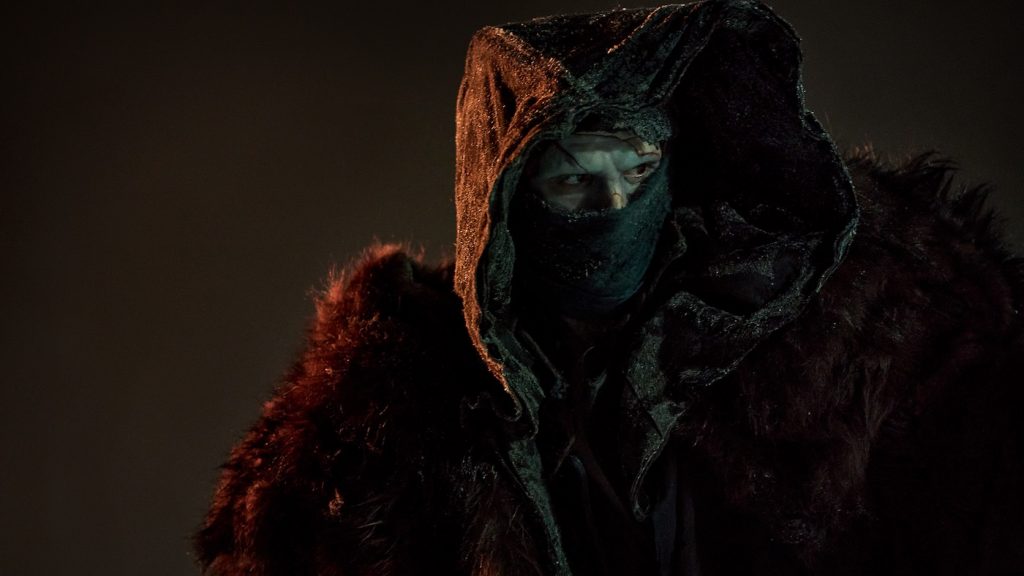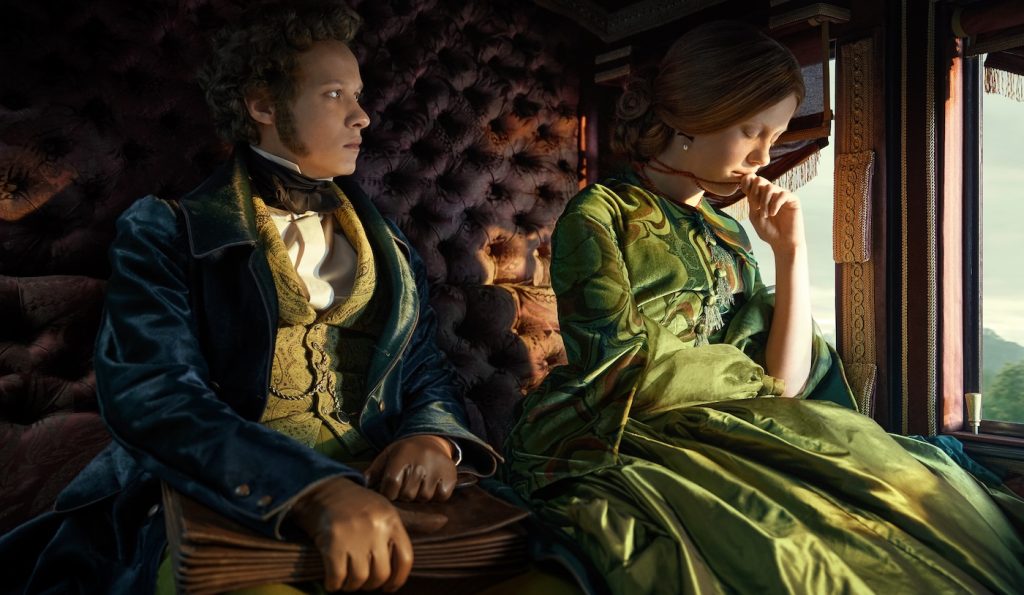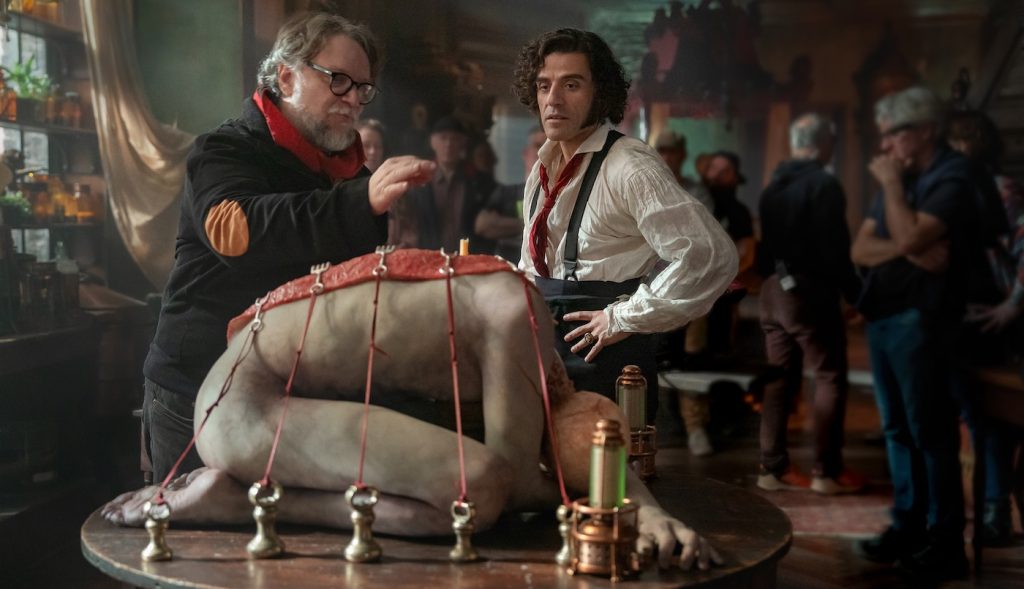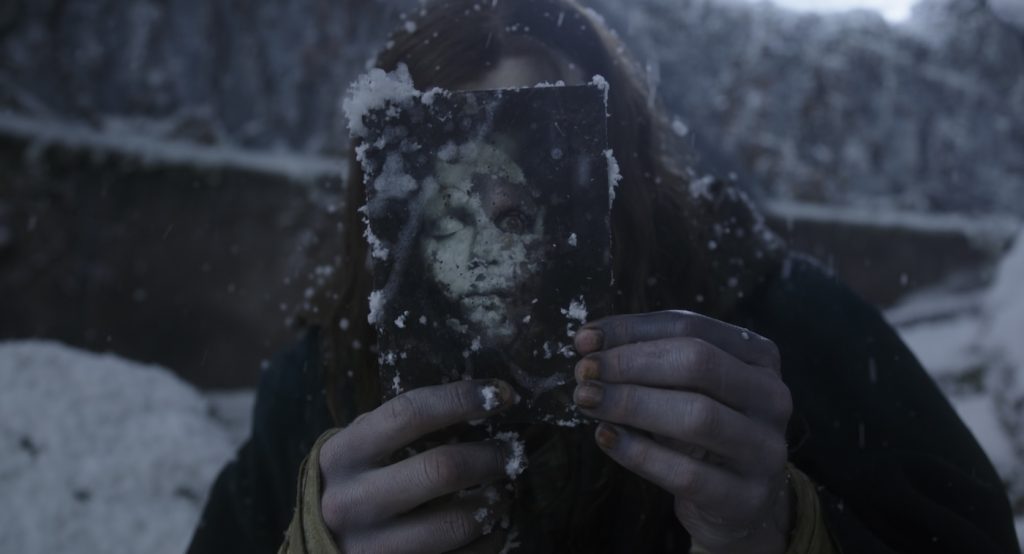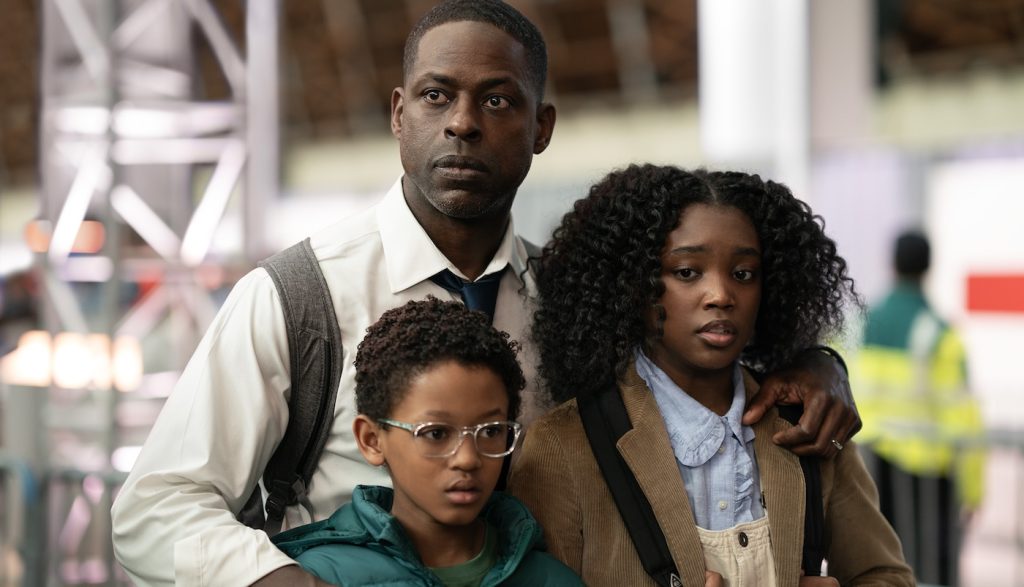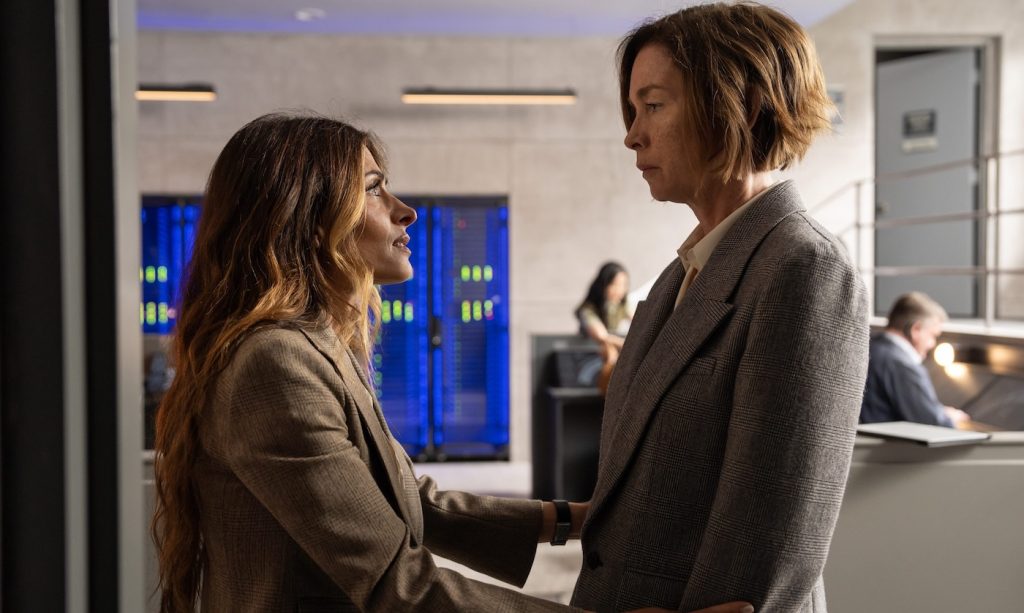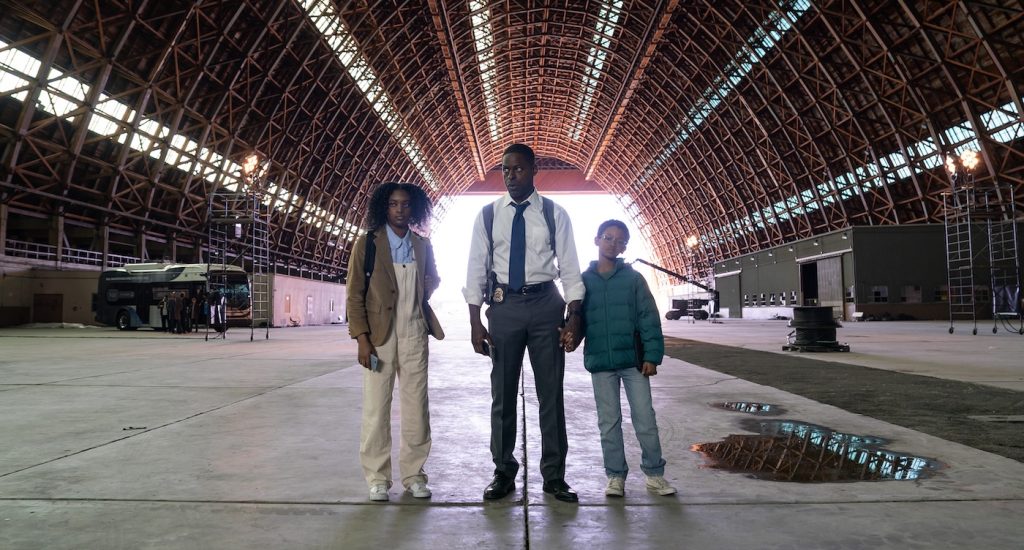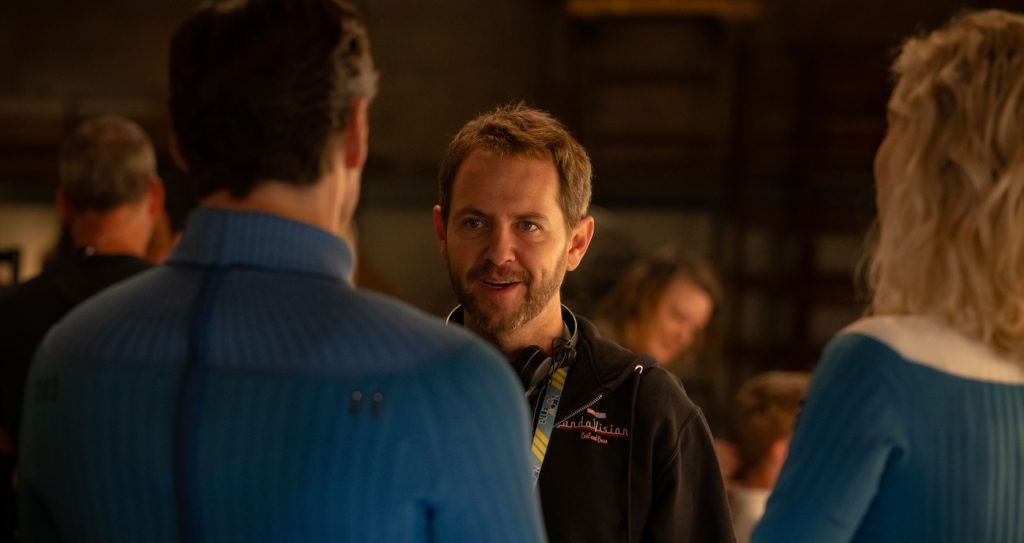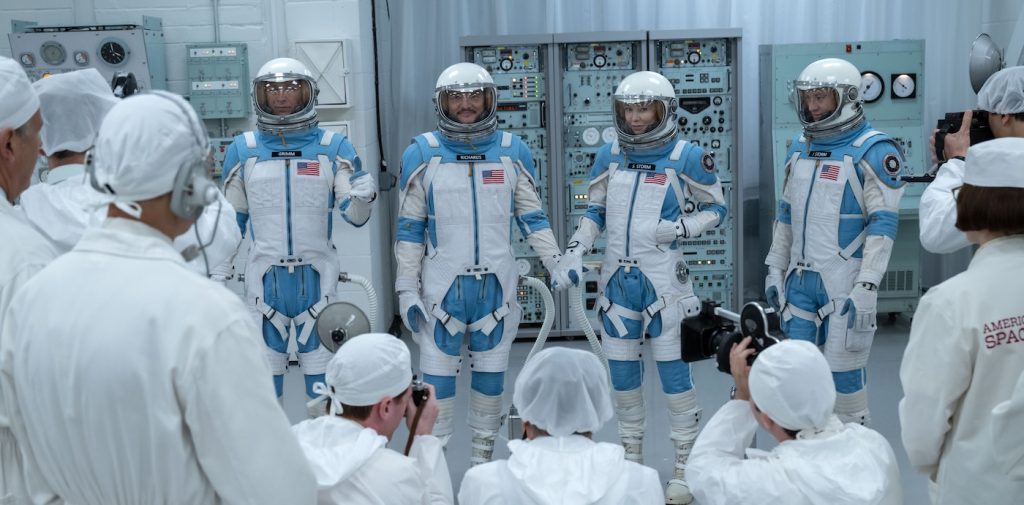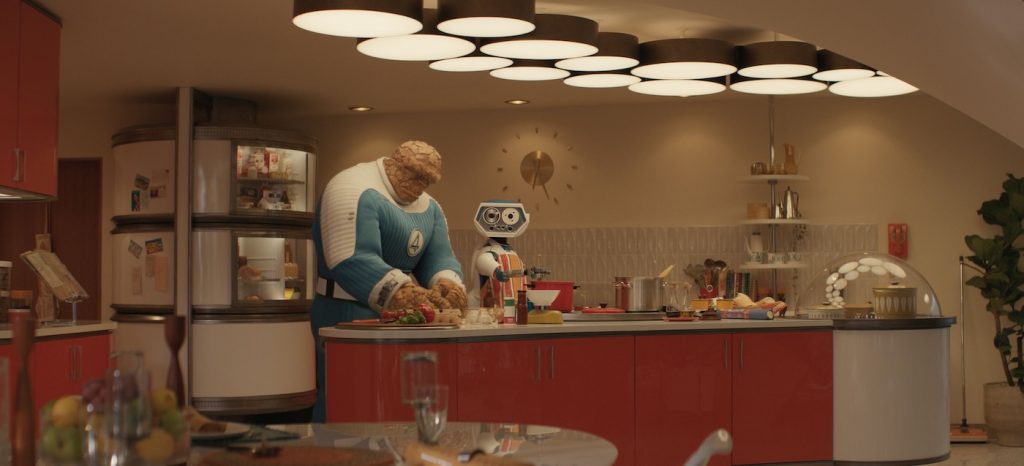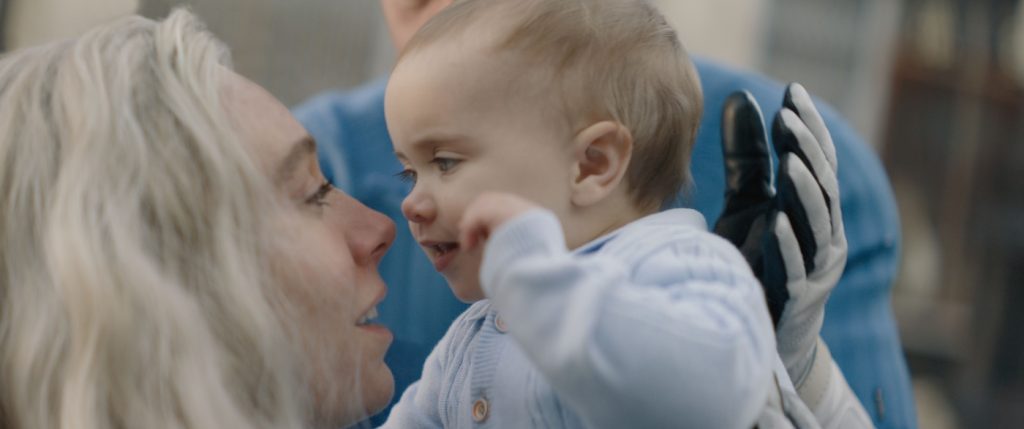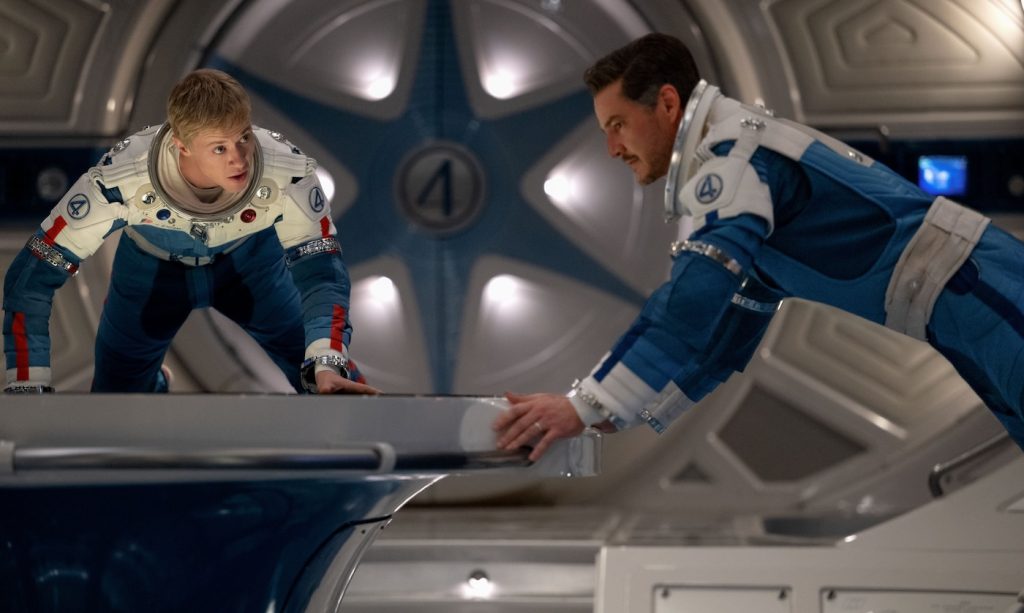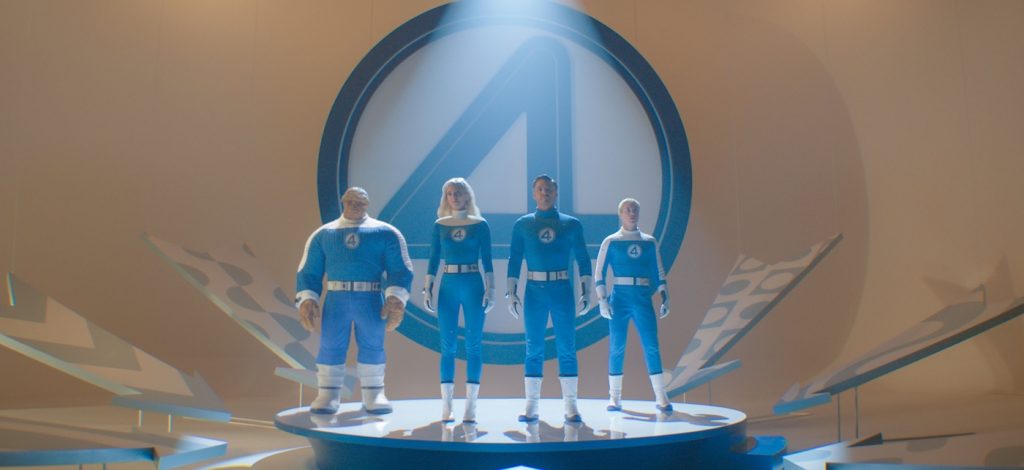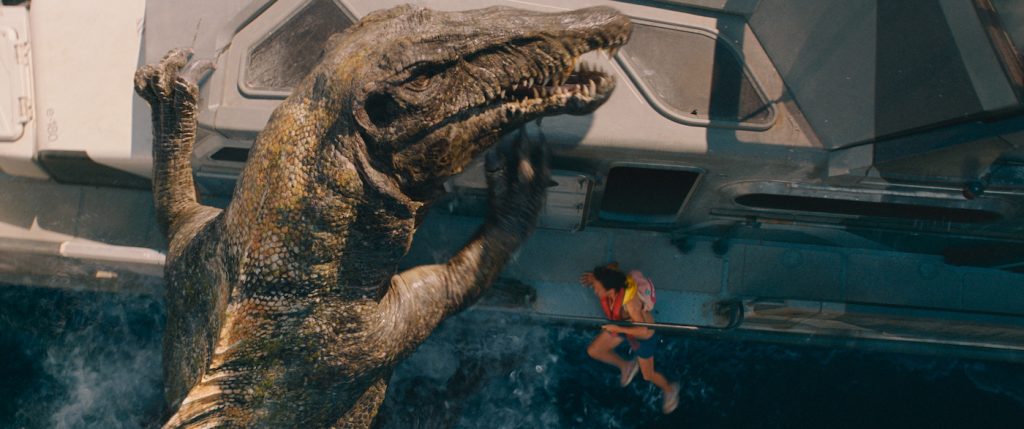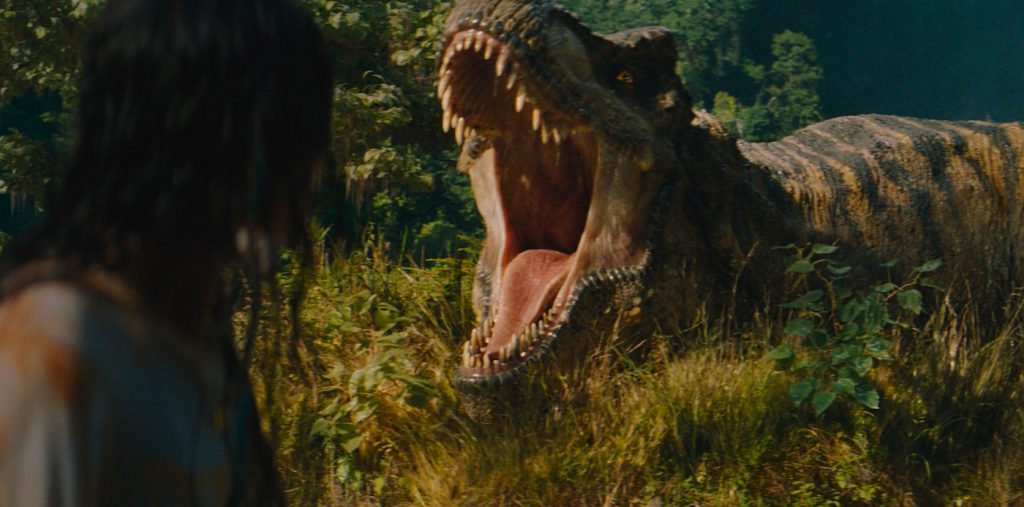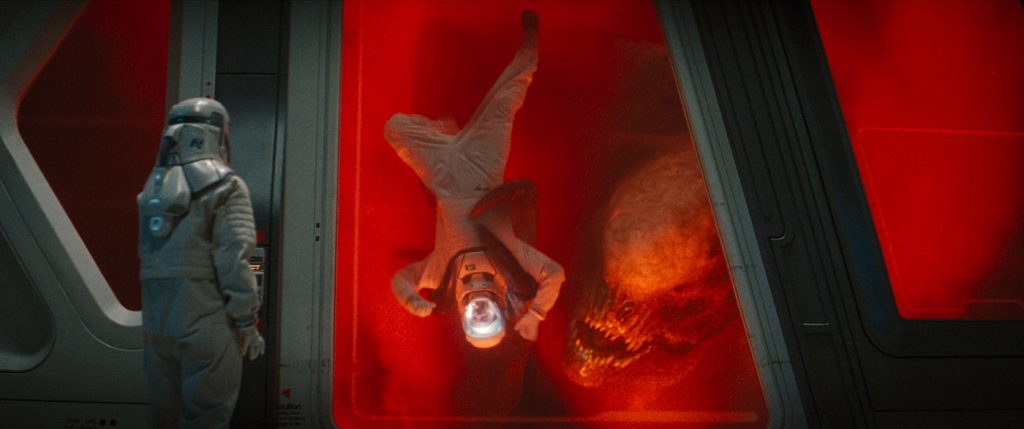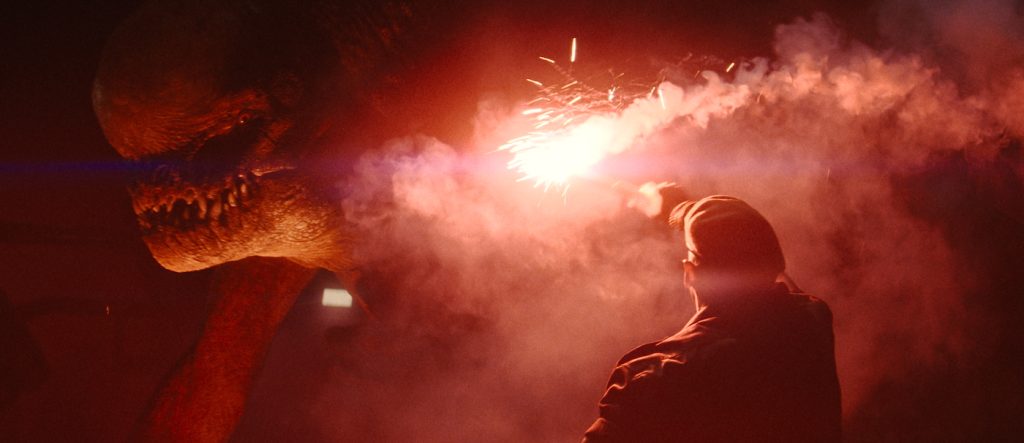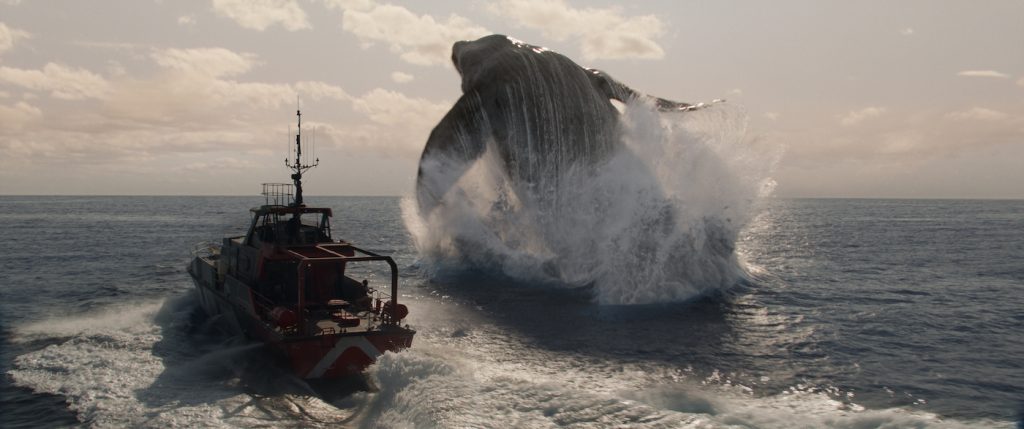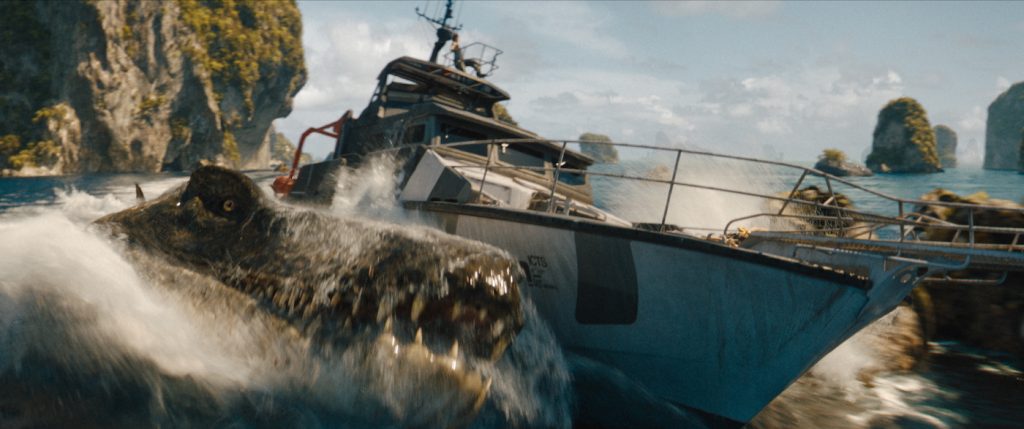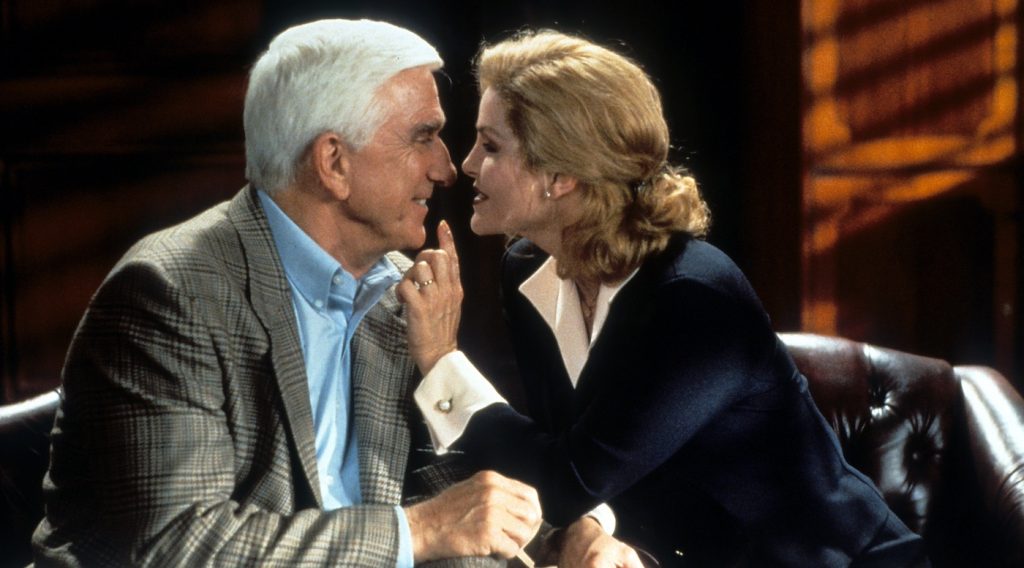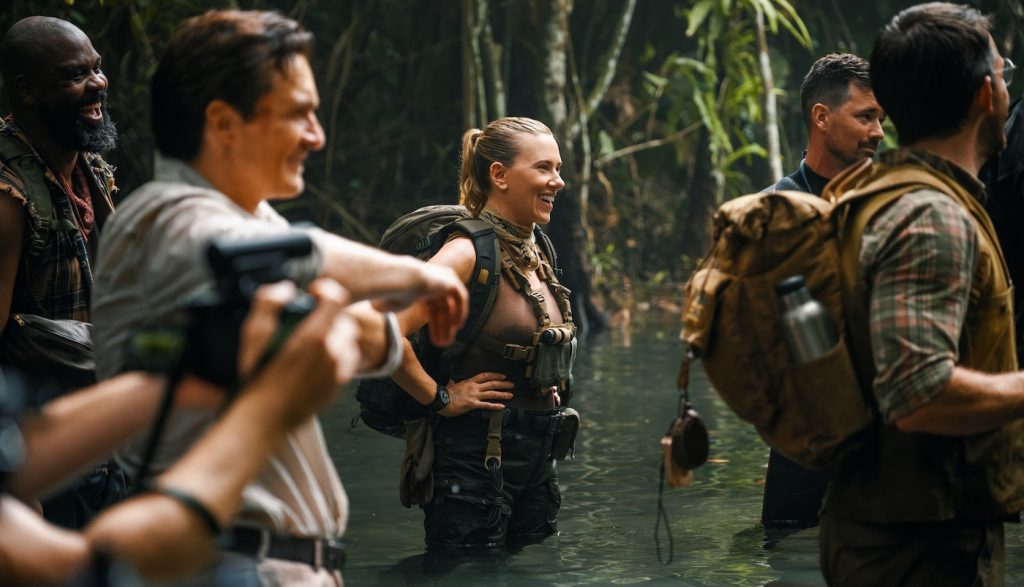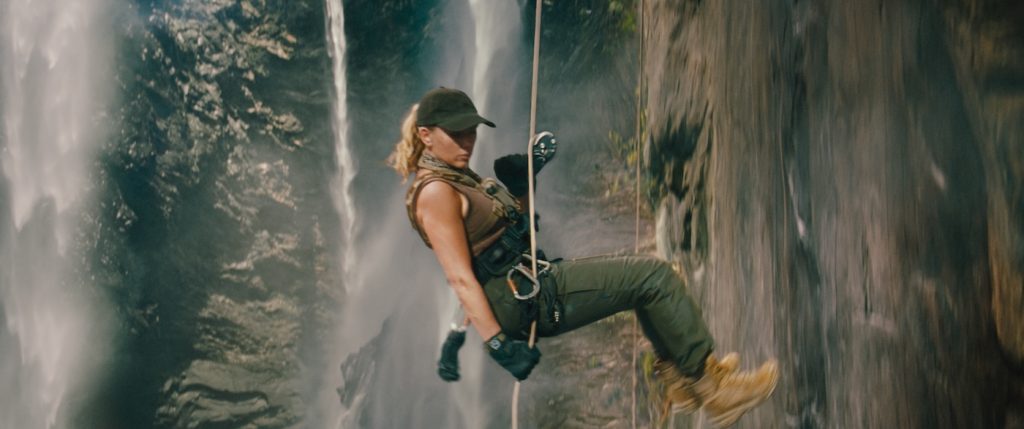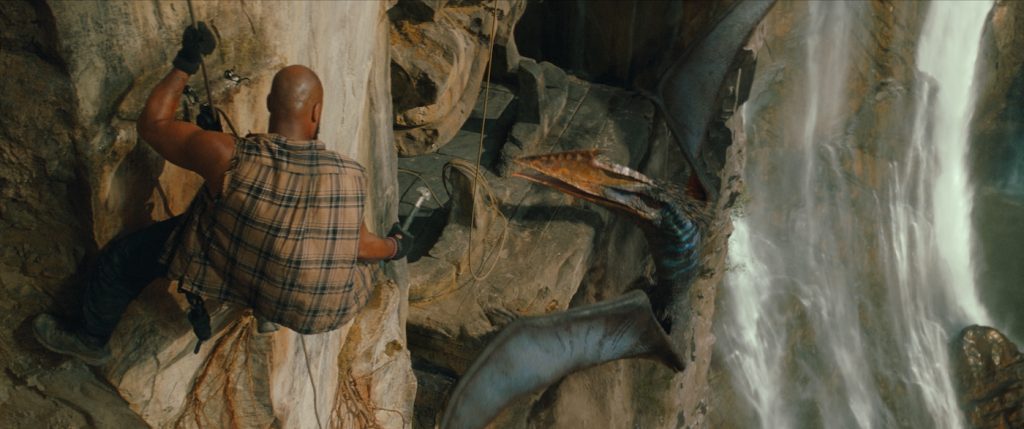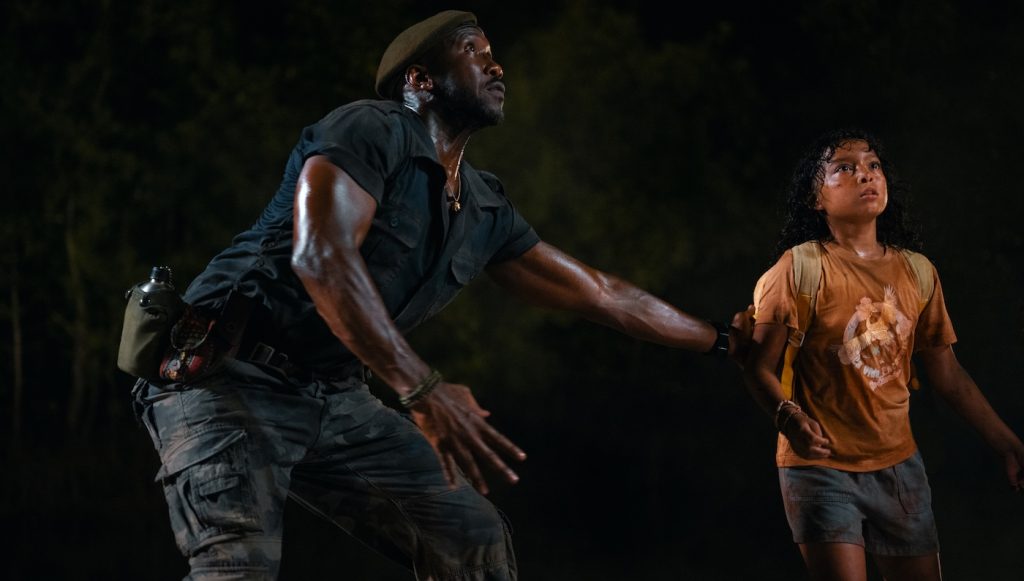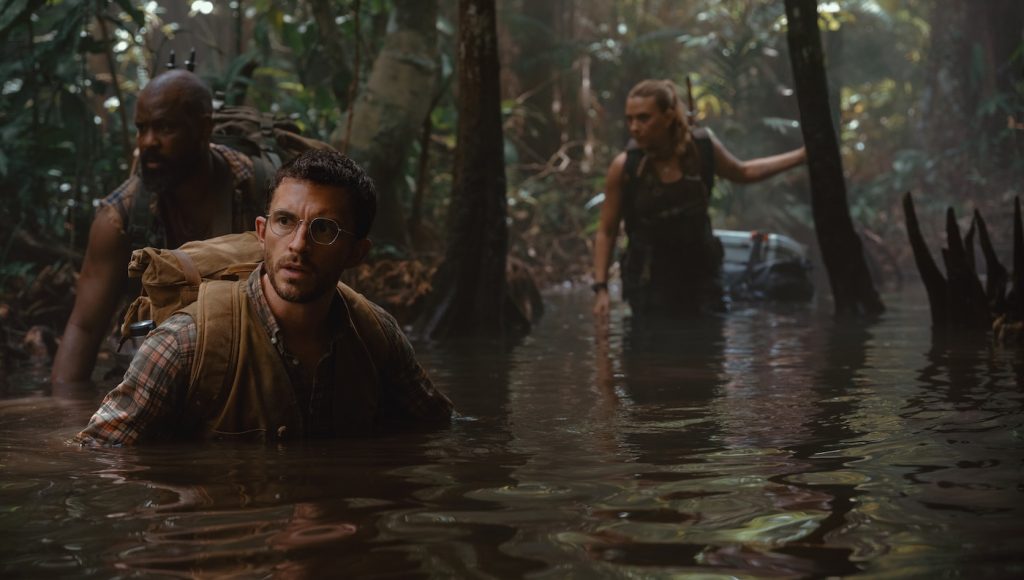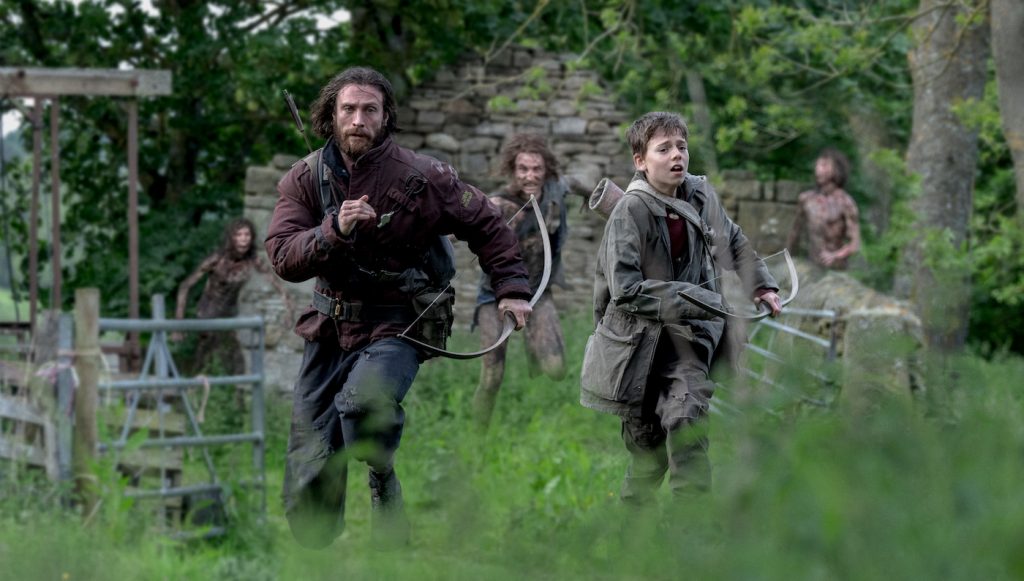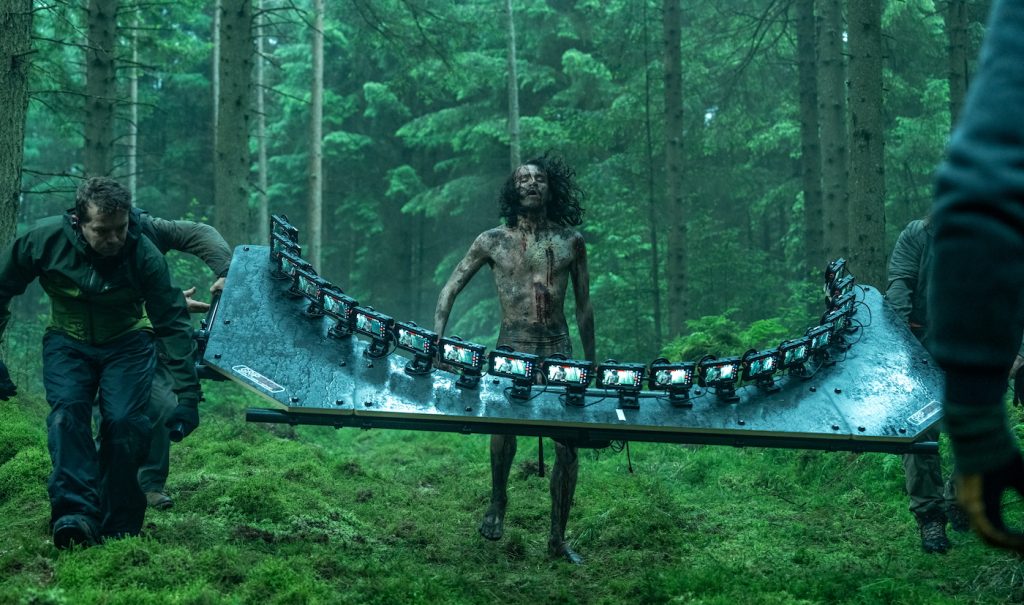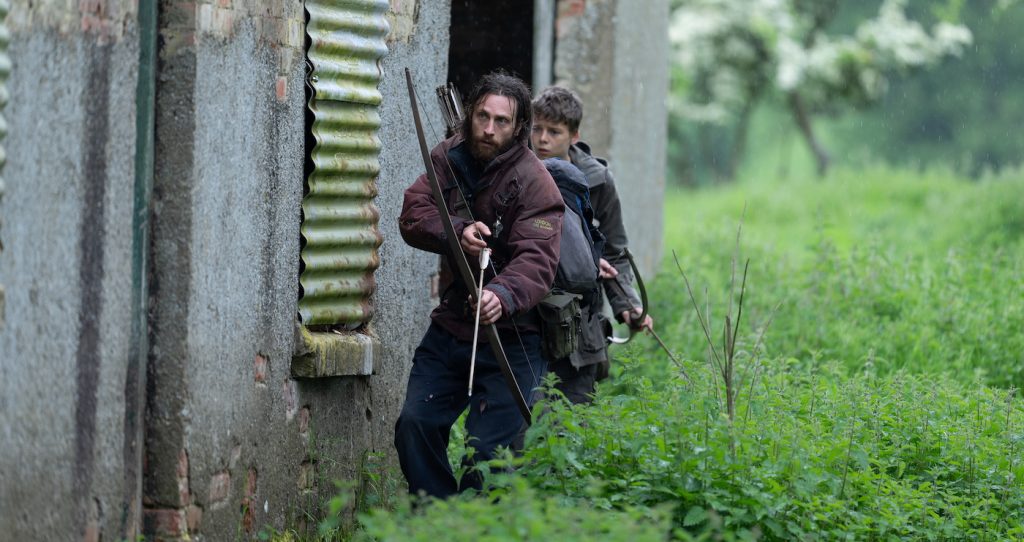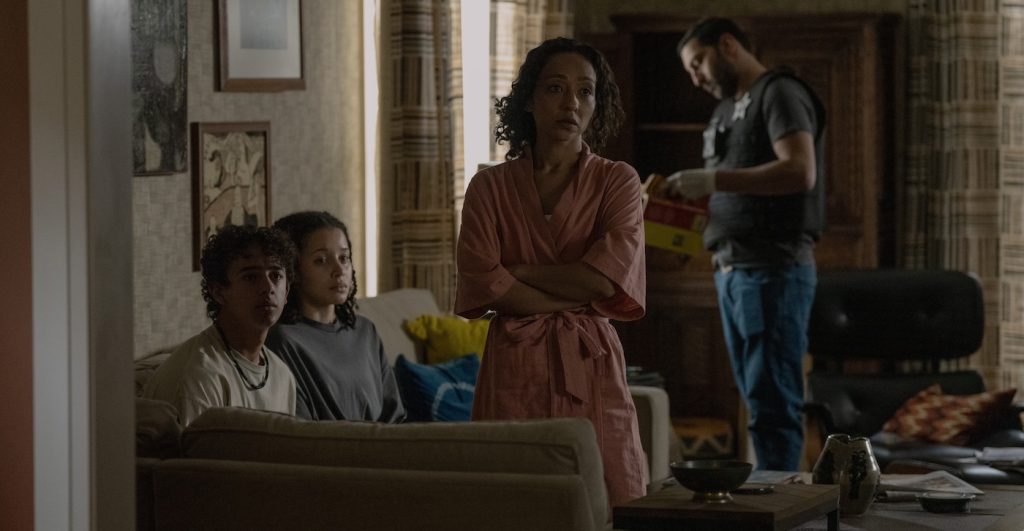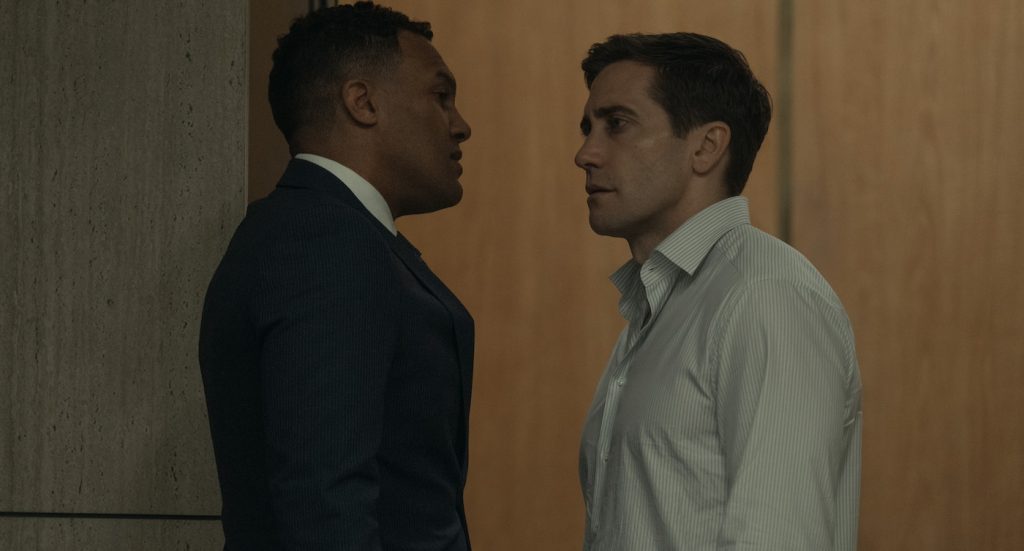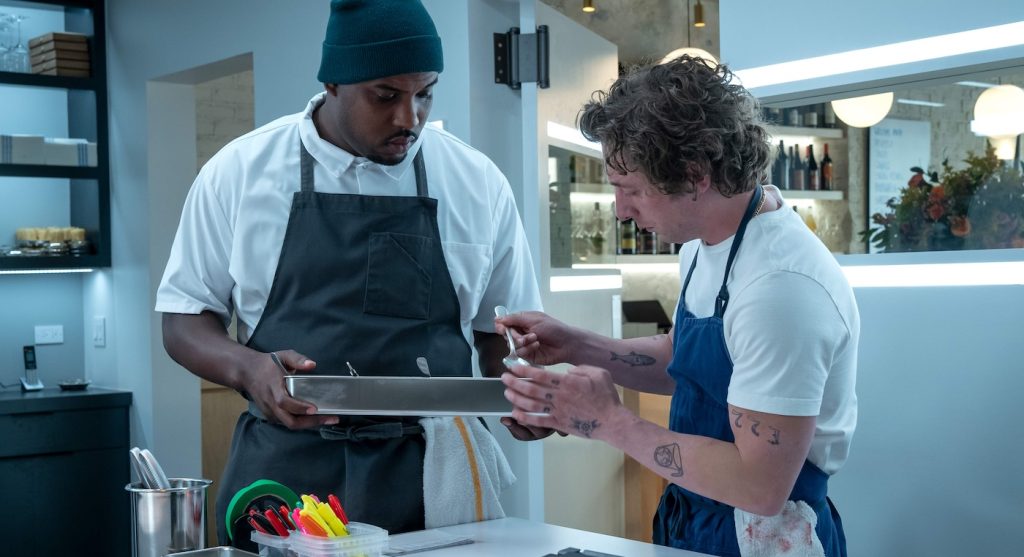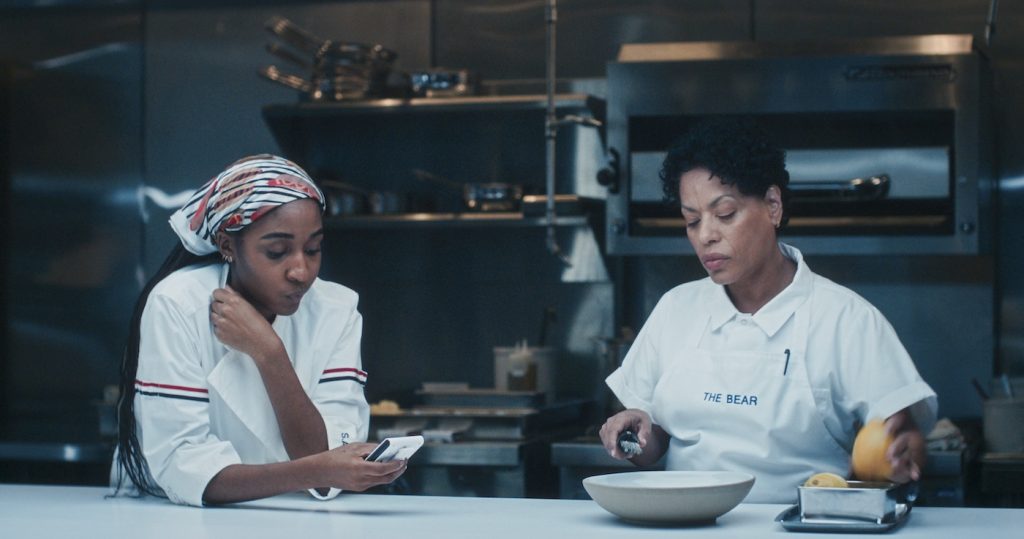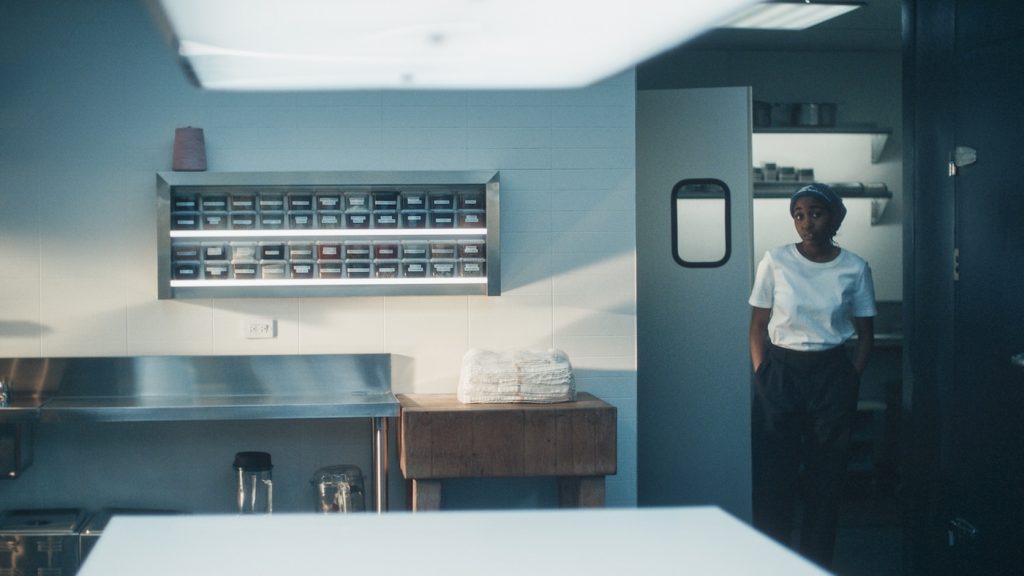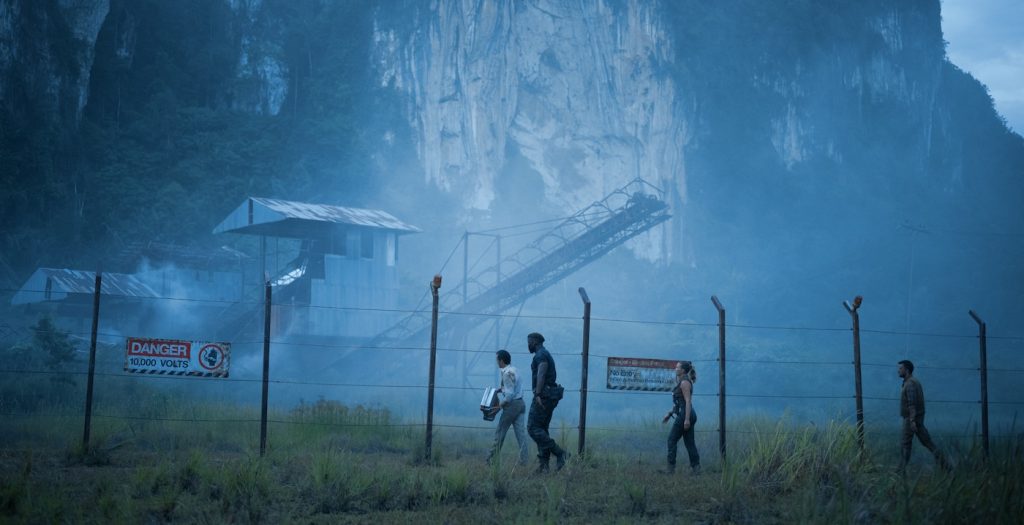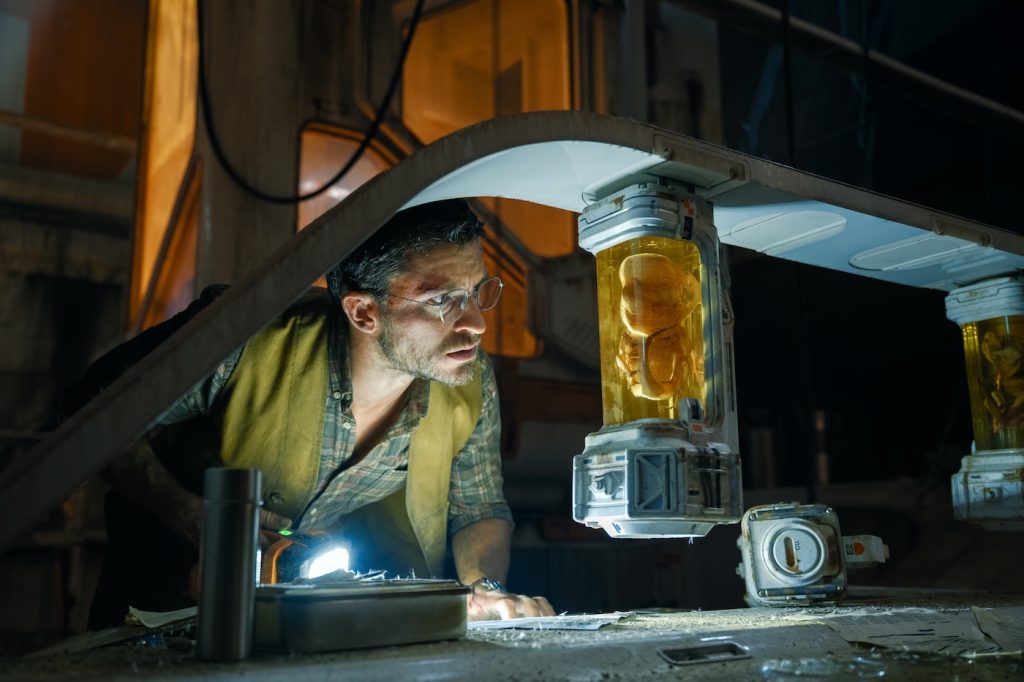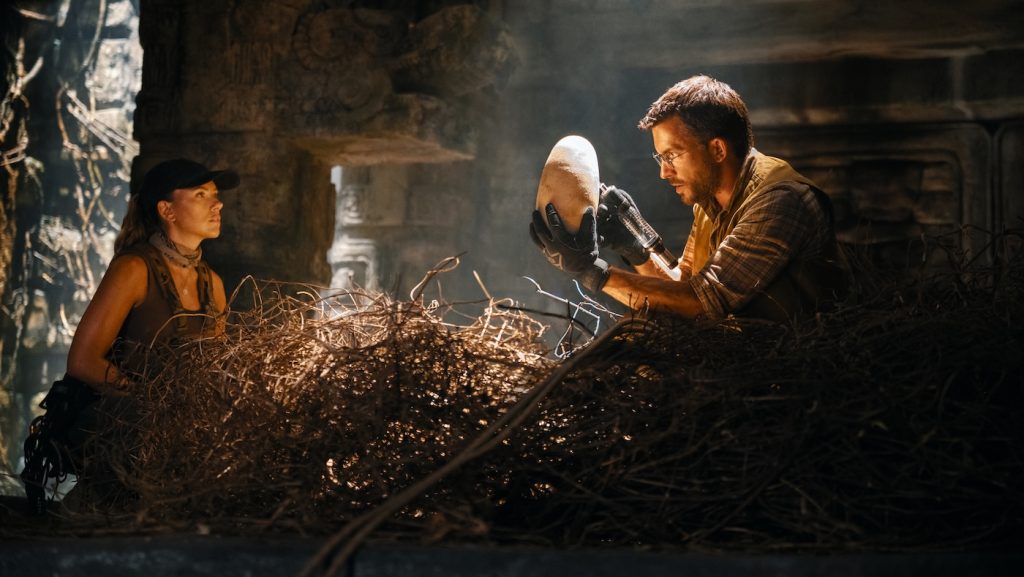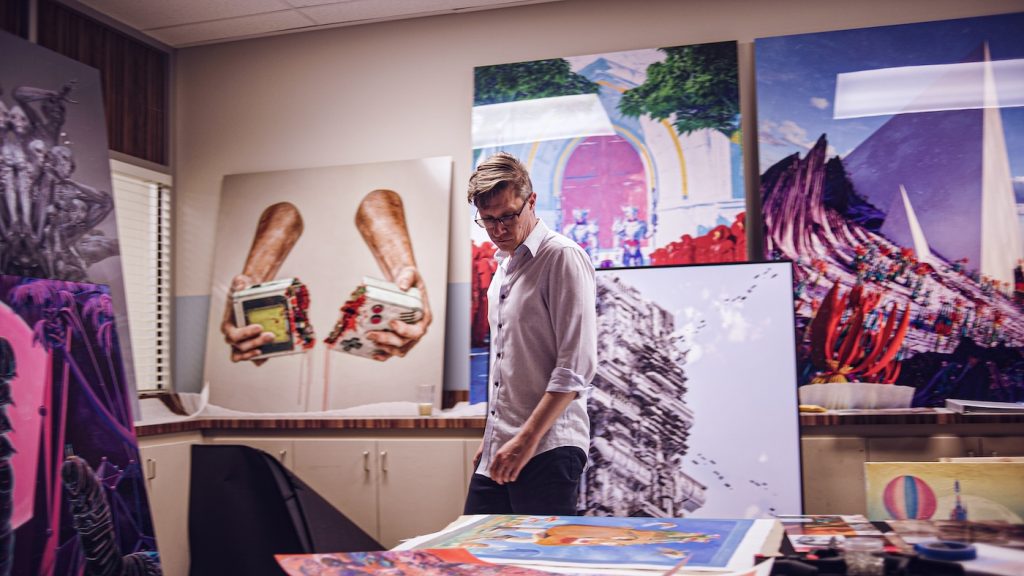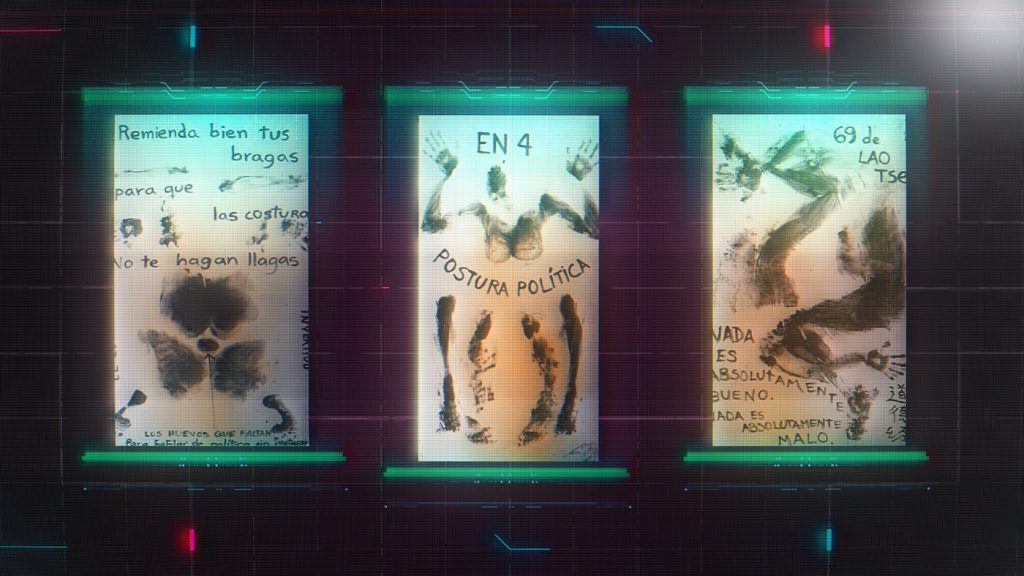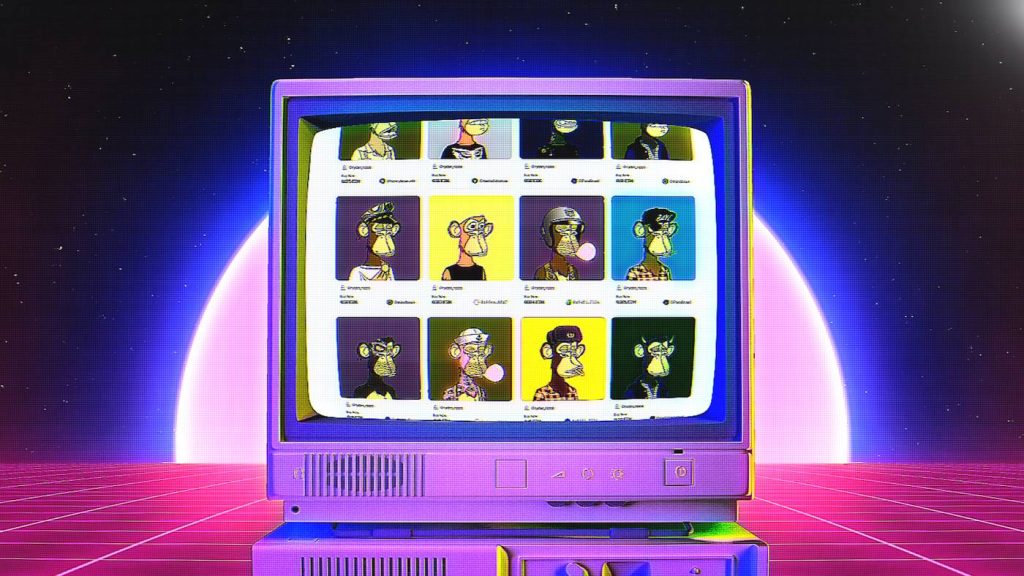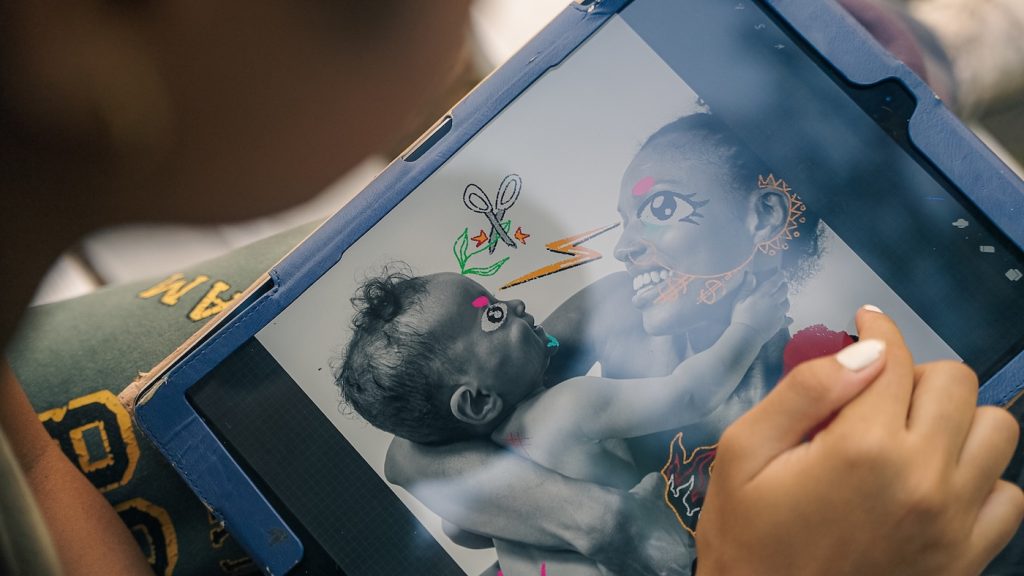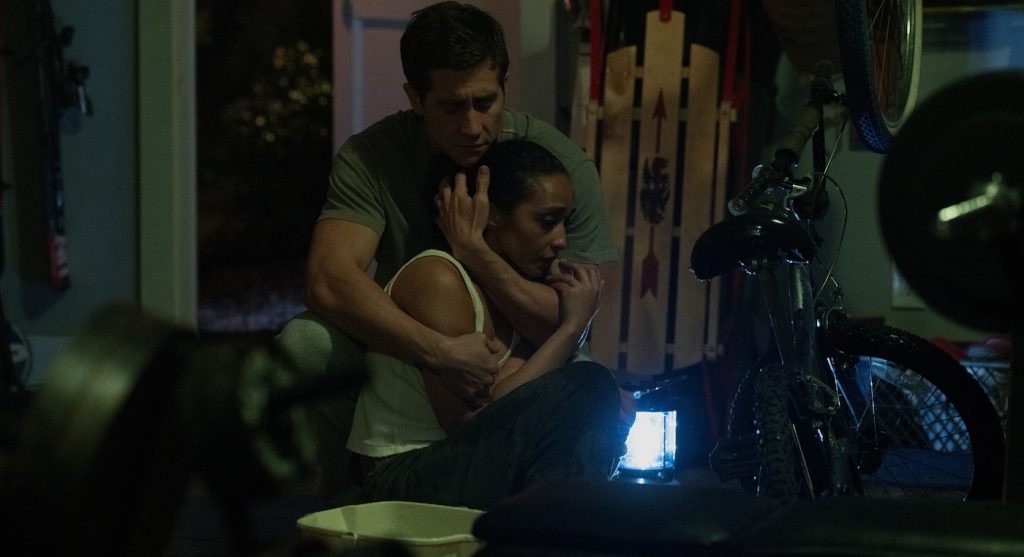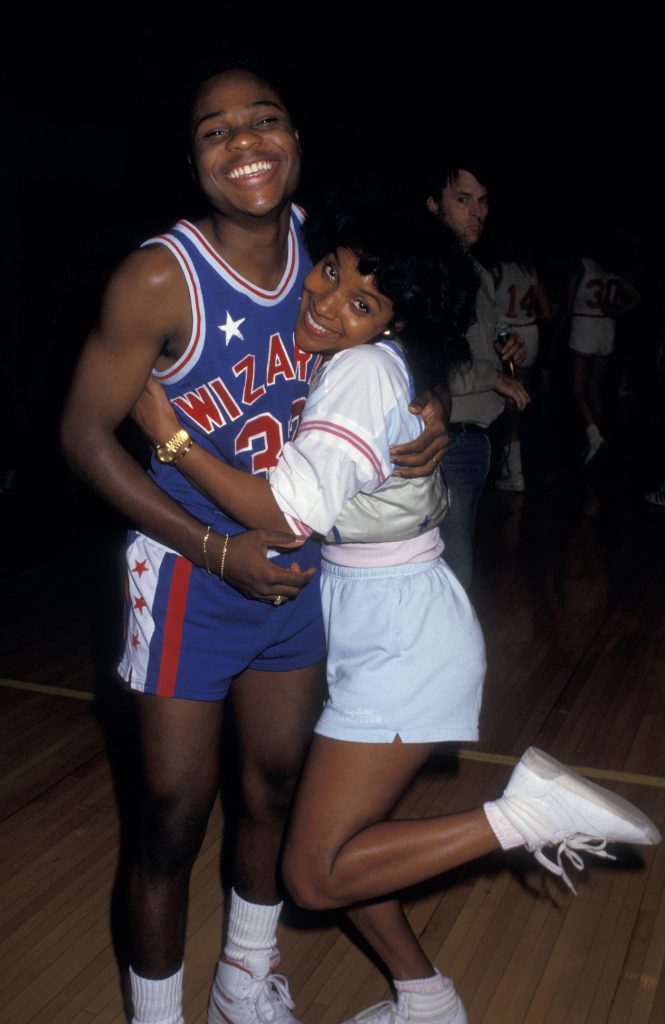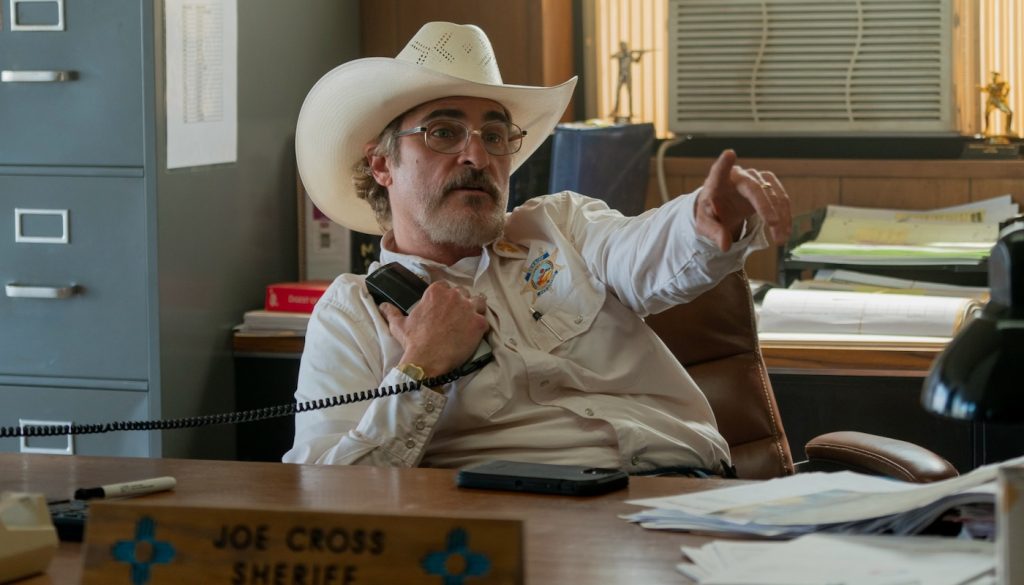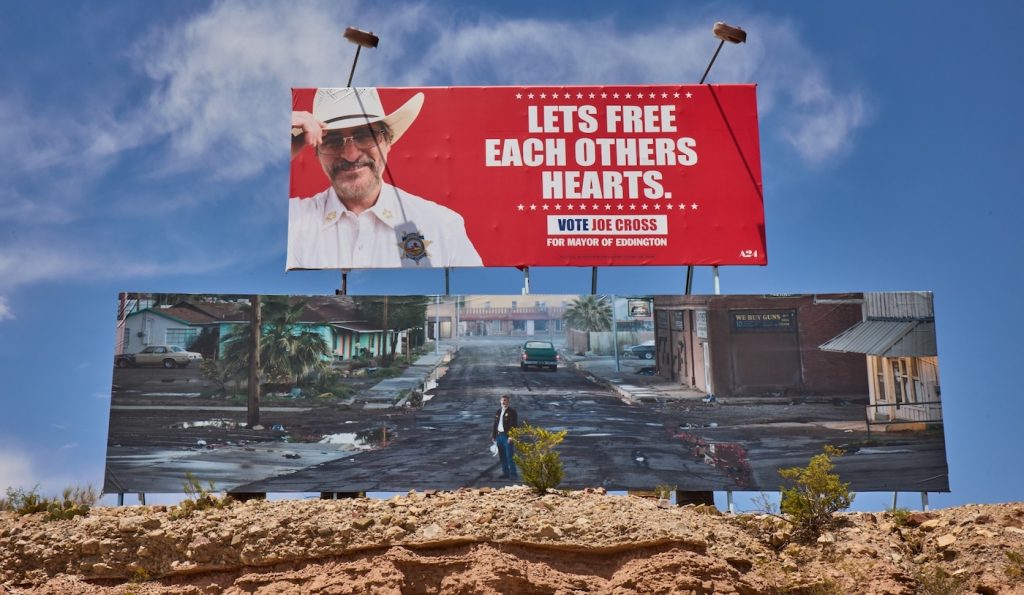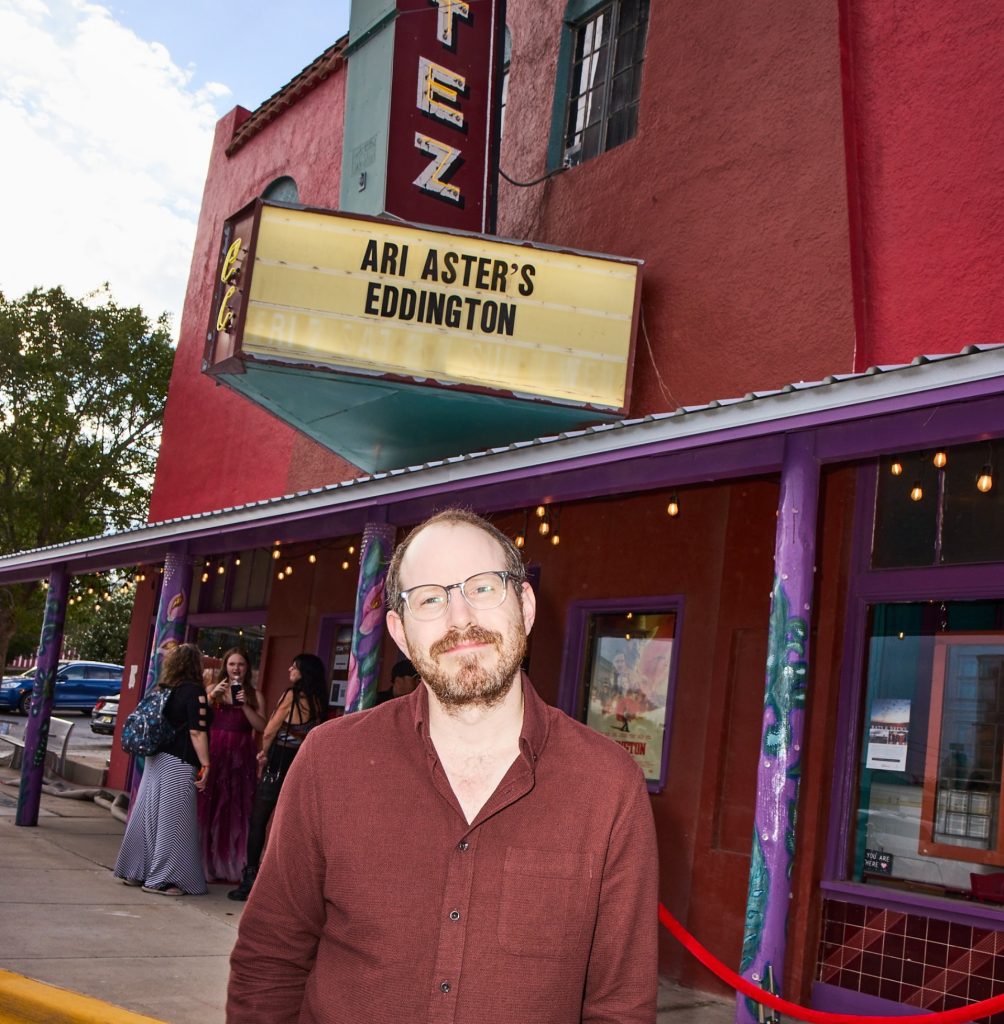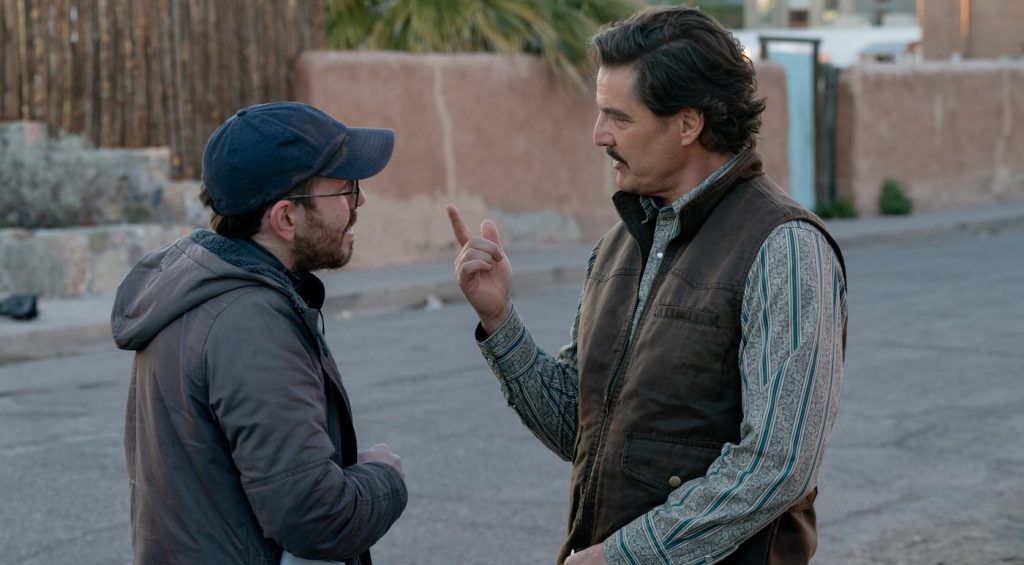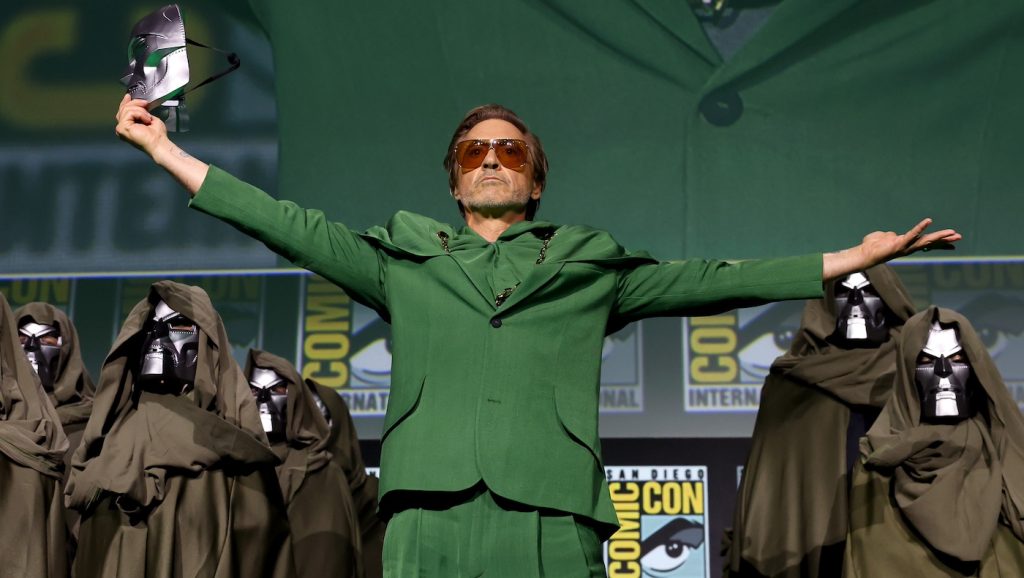On August 1st, Lt. Frank Drebin’s uniquely oblivious approach to detective work returns, with The Naked Gun reboot starring Liam Neeson as Drebin’s son, Frank Jr., and Pamela Anderson as Beth, his client and love interest. Following in the goofy footsteps of his father, played in the first three films by Leslie Nielsen, it looks like the biggest difference between the Drebin generations will be Neeson’s husky voice. But the mix-ups, belief-beggaring disguises, and general ineptitude are otherwise fully reloaded for the next generation. The early reactions have all more or less been raves—director Akiva Schaffer has remembered the most important detail from the original films; tread fearlessly in the direction of funny, no matter how insanely stupid. In fact, the dumber the better.
Or, based on the new movie’s Boomer and Gen X stars, maybe for the same generation. The first Naked Gun, released in 1988, turned out to be one of the decade’s most enduring screwball comedies. A sequel, Naked Gun 2 1/2: The Smell of Fear, came out in 1991 to mixed reviews, but a third installment, Naked Gun 33 1/3: The Final Insult, in which Frank foils a terrorist plan to attack the Oscars, was better received. The cast of the trio of movies was also studded by actors who went on to immense cultural notoriety, referenced subtly and not in the new film. The trailer reveals Drebin Jr. paying homage beneath his father’s portrait at Police Squad quarters, alongside all his fellow officers, with the exception of Nordberg Jr. (Moses Jones)—his father, Detective Nordberg, was played by O.J. Simpson. More subtly, Anderson’s role seems like an attempt to echo 33 1/3’s casting of the late Anna Nicole Smith.
The first three movies were heavy on foiled terrorism plots, though many of Drebin’s worst foes are now also bygones of another time. On vacation in Beirut when the first film opens, Drebin Sr. takes down a conference of Idi Amin, Muammar Gaddafi, Yasser Arafat, Fidel Castro, Mikhail Gorbachev, and the Ayatollah Khomeini. In 2 1/2, the detective helps President George H.W. Bush save an environmentally-friendly energy policy (out of all the franchise’s silliest plot points, this may be the most outrageous) from the malevolent machinations of the heads of the coal, oil, and nuclear power industries. In the upcoming reboot, Drebin Jr.’s foes, if they’re grounded in reality at all, will probably look different.
Even fictionalized, Drebin’s earnestly terrible police work was rooted in the zeitgeist. In the first Naked Gun, at the height of the US war on drugs, Drebin takes down a heroin smuggling operation headed by Vincent Ludwig (Ricardo Montalban), in what was surely metaphorically wishful thinking vis a vis the effectiveness of the actual war on drugs—after Drebin shoots him with a dart, Ludwig falls off the back of the stands at Anaheim Stadium, and is then hit by a bus, steamrolled by an actual steamroller, and trampled by a marching band. Further utilizing the noted police tool that are tranquilizer darts, in an attempt to foil a plot against the visiting Queen Elizabeth II (Jeannette Charles), Drebin inadvertently hits a stadium spectator, who falls on and crushes Reggie Jackson, the Queen’s unwitting assassin. Drebin, having been fired from Police Squad for bungling security at a welcome reception for the Queen, gets his job back and his girlfriend, Jane (Priscilla Presley), who accepts his marriage proposal. It’s good work if you can get it.
A job so well done could only be followed by further success. In 2 1/2, Frank, having lost his fiancée, regains her with yet another winning marriage proposal after disarming a nuclear bomb (he trips on and unplugs the power cord) set by Quentin Habsburg (Robert Goulet), Jane’s boyfriend, oil executive, and mastermind behind the plot to take down renewable energy advocate Dr. Meinheimer (Richard Griffiths). Marital strife enters the picture in 33 1/3, pushing a retired Drebin to get out of the house and help Ed Hocken and Nordberg by going undercover to befriend bomber Rocco Dillon (Fred Ward). Escaping to a safe house with Rocco and his mother, Muriel (Kathleen Freeman), Drebin learns the pair plan to bomb the Oscars via a bomb concealed in the Best Picture envelope. One dropped sign, bomb launch, and near-helicopter explosion later, Rocco and Muriel are successfully taken down, thus also repairing the marital issues between Frank and Jane, who redeclare their love for one another on stage. They also have a baby, thus paving the way for 2025’s franchise reboot featuring Frank Drebin, Jr.
The apple rarely falls far from the tree, and thus the surprising effectiveness of bumbling ineptitude applied to important police business looks like it’ll be consistent with the franchise’s legacy. The 2025 reboot is, again, directed by Akiva Schaffer, who has a lengthy background writing and directing for Saturday Night Live and Lonely Island, as well as a couple of episodes of Brooklyn Nine-Nine, the Millennial answer to goofy detectives fumbling their way to success. The only question that remains is whether Neeson can match Nielsen’s special brand of deliberately clueless, straight-faced slapstick. Yet if the trailer’s most sublimely idiotic reveal is any hint (Neeson disguises himself as a little girl armed with a lollipop, somehow shrinking down to her size), and if the initial reactions are to believed, it looks like an actor better known for saving little girls than masquerading as one is a surprisingly good fit for a revamping of the 1980’s best screwball crime thriller.
The Naked Gun stumbles into theaters on August 1.
For more on The Naked Gun, check out these stories:
“The Naked Gun” Trailer: Liam Neeson & Pamela Anderson Team-Up to Reboot a Comedy Classic
Pamela Anderson Set to Star in “Naked Gun” Remake Opposite Liam Neeson
“I Have a Very Particular Set of Jokes”: Liam Neeson Set to Star in New “Naked Gun” for Paramount
Featured image: Liam Neeson plays Frank in The Naked Gun from Paramount Pictures.


